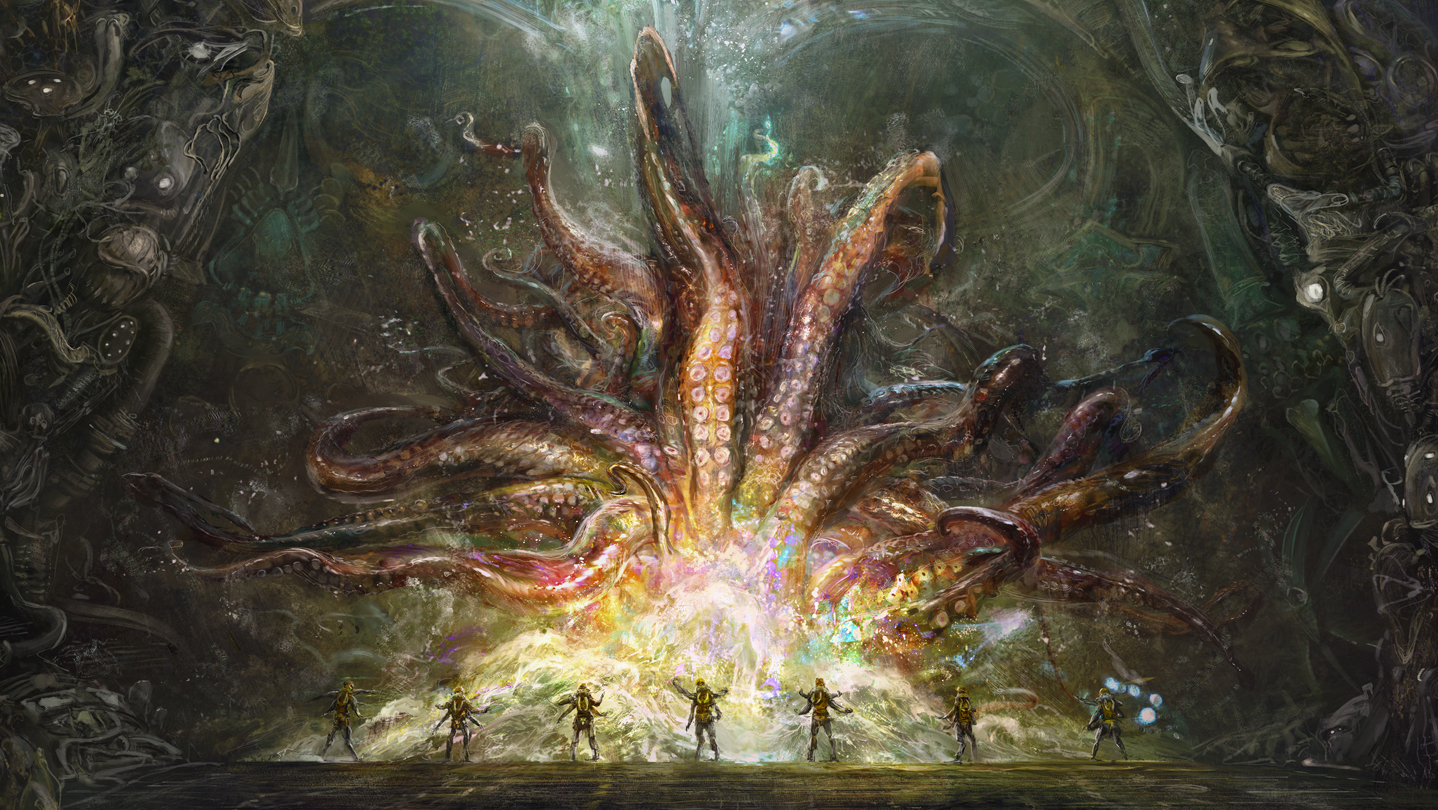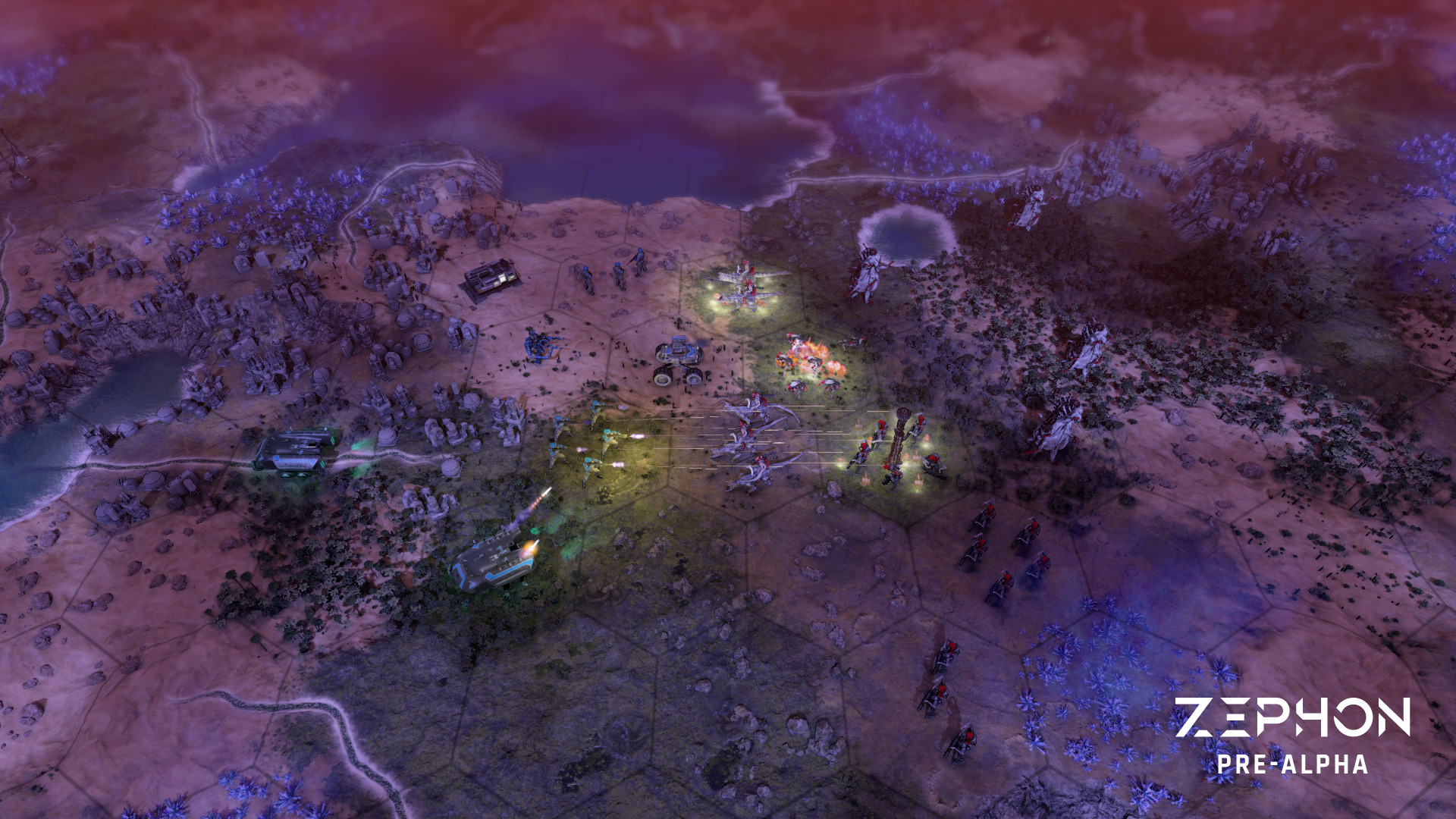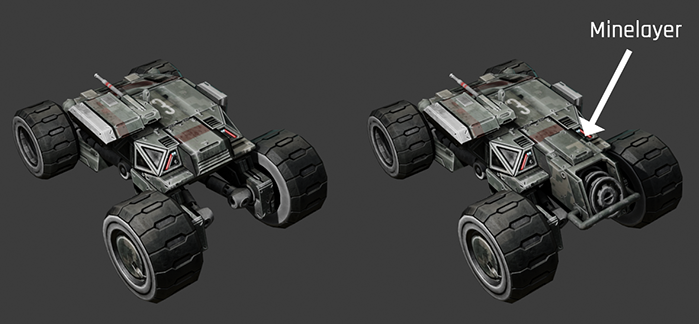
Jan 31, 2022
Clouzy! - keking26
Hey everyone! Yeray from the Tinymoon team here! We have some exciting news to share: our official release date announcement!
Clouzy! will be officially launching on February 24, 2022 on Steam, Epic Games Store, and Xbox!
We can’t wait to finally share Clouzy with you all! As always, thank you for all of the love and support you’ve given us since the beginning. If you want to join our community, feel free to join our Discord. We’d love to hear from you all as we get closer and closer to launch!
Clouzy! will be officially launching on February 24, 2022 on Steam, Epic Games Store, and Xbox!
We can’t wait to finally share Clouzy with you all! As always, thank you for all of the love and support you’ve given us since the beginning. If you want to join our community, feel free to join our Discord. We’d love to hear from you all as we get closer and closer to launch!







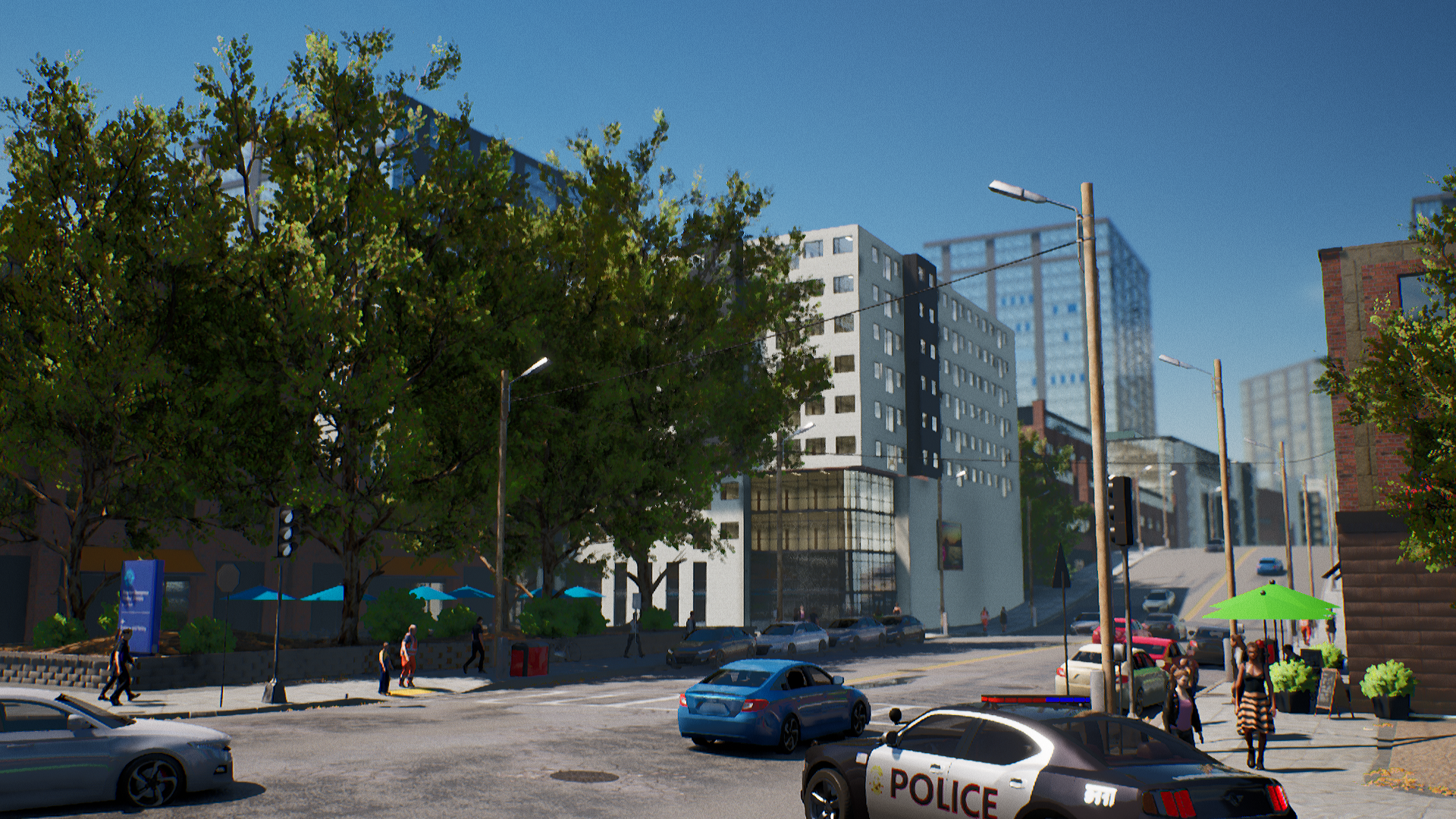 1: The art vision scene
1: The art vision scene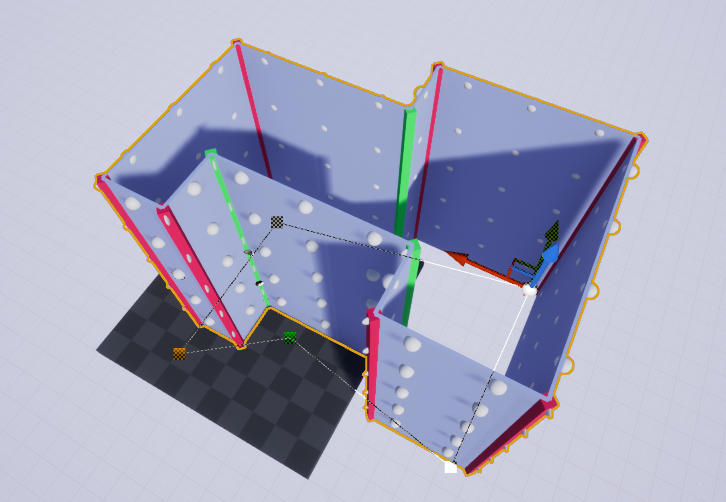 2: Prototype for generating building topology with module attach points (white spheres) from a UE4 spline outline
2: Prototype for generating building topology with module attach points (white spheres) from a UE4 spline outline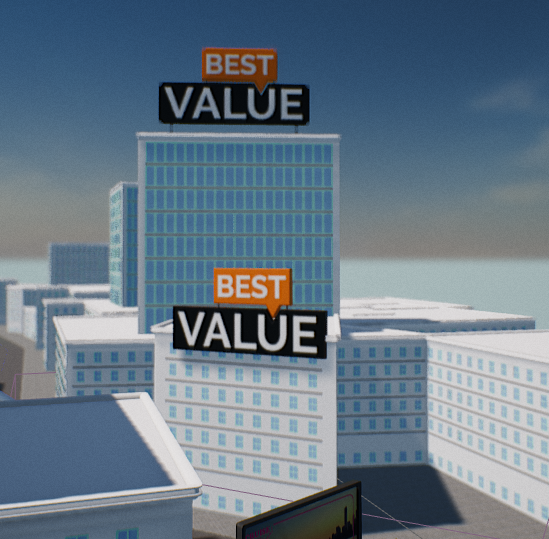
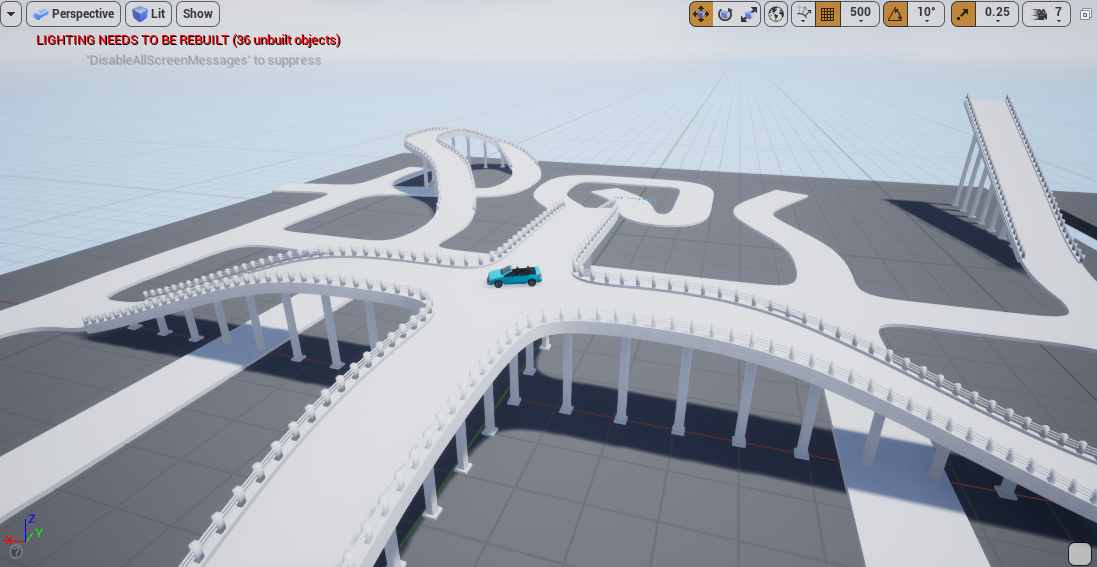 4: In-engine prototype for roads and bridges
4: In-engine prototype for roads and bridges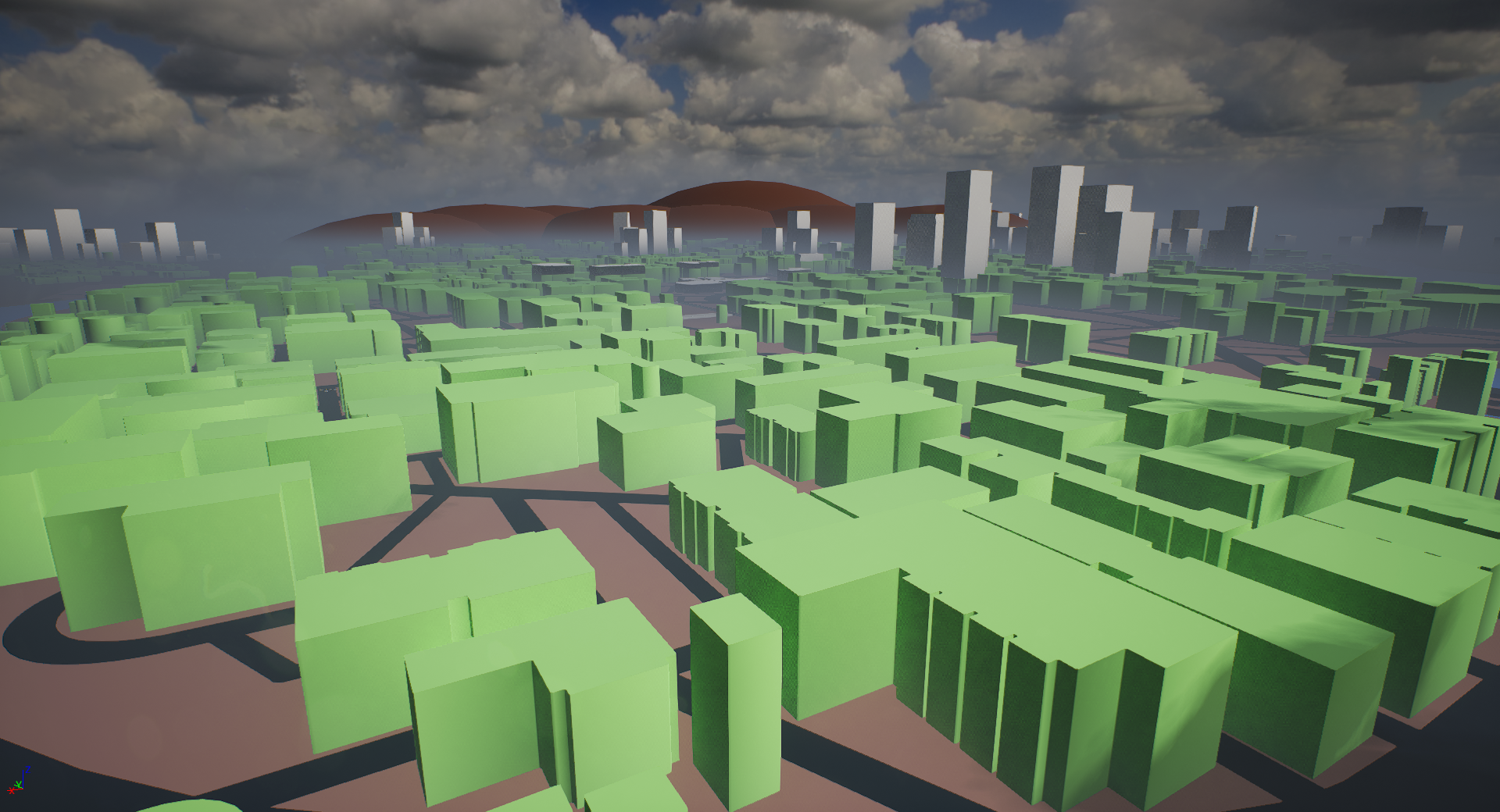 5: Graybox map generated from photoshop draft
5: Graybox map generated from photoshop draft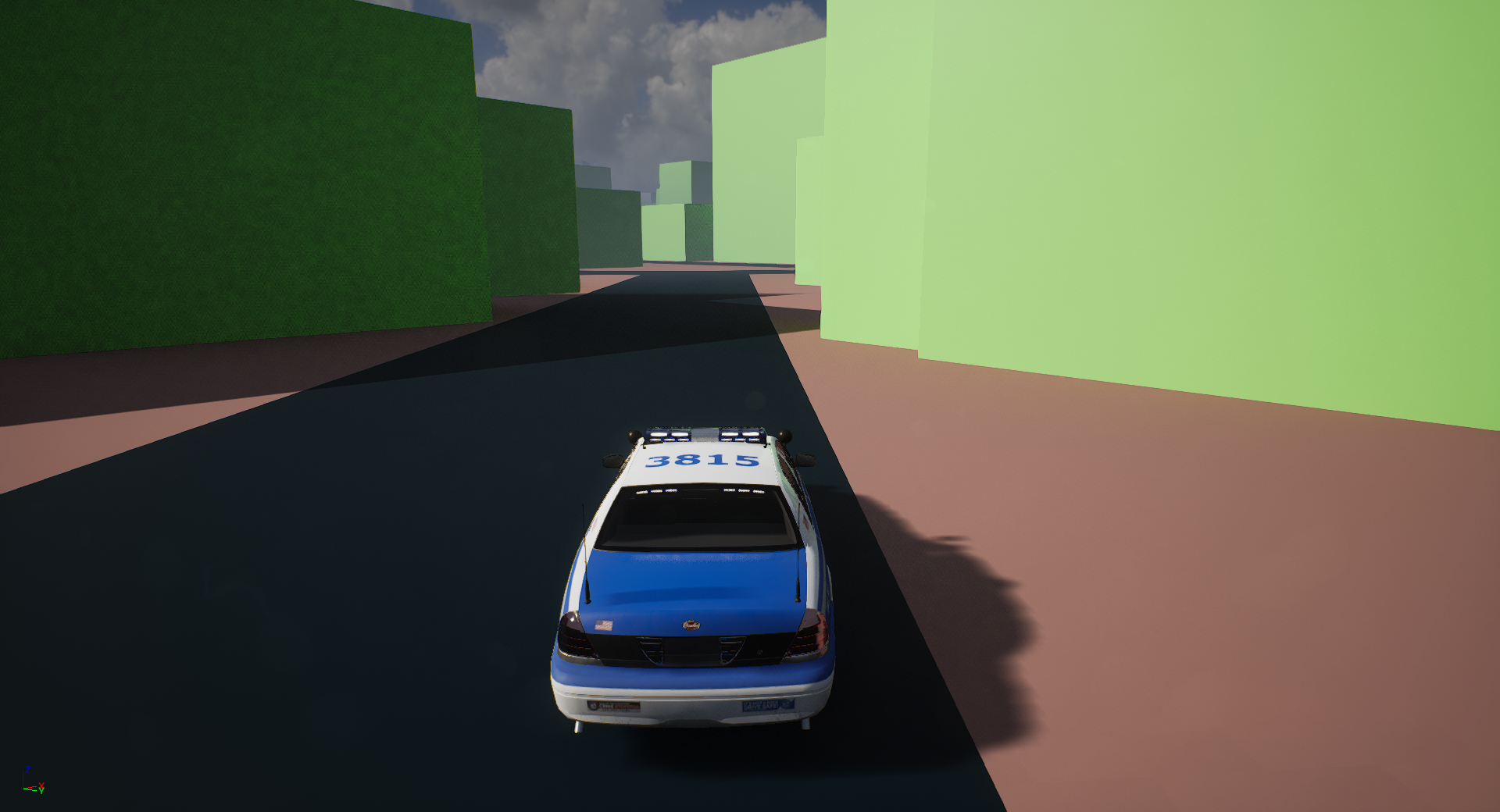 6: Driving around in the graybox map to get a sense of scale
6: Driving around in the graybox map to get a sense of scale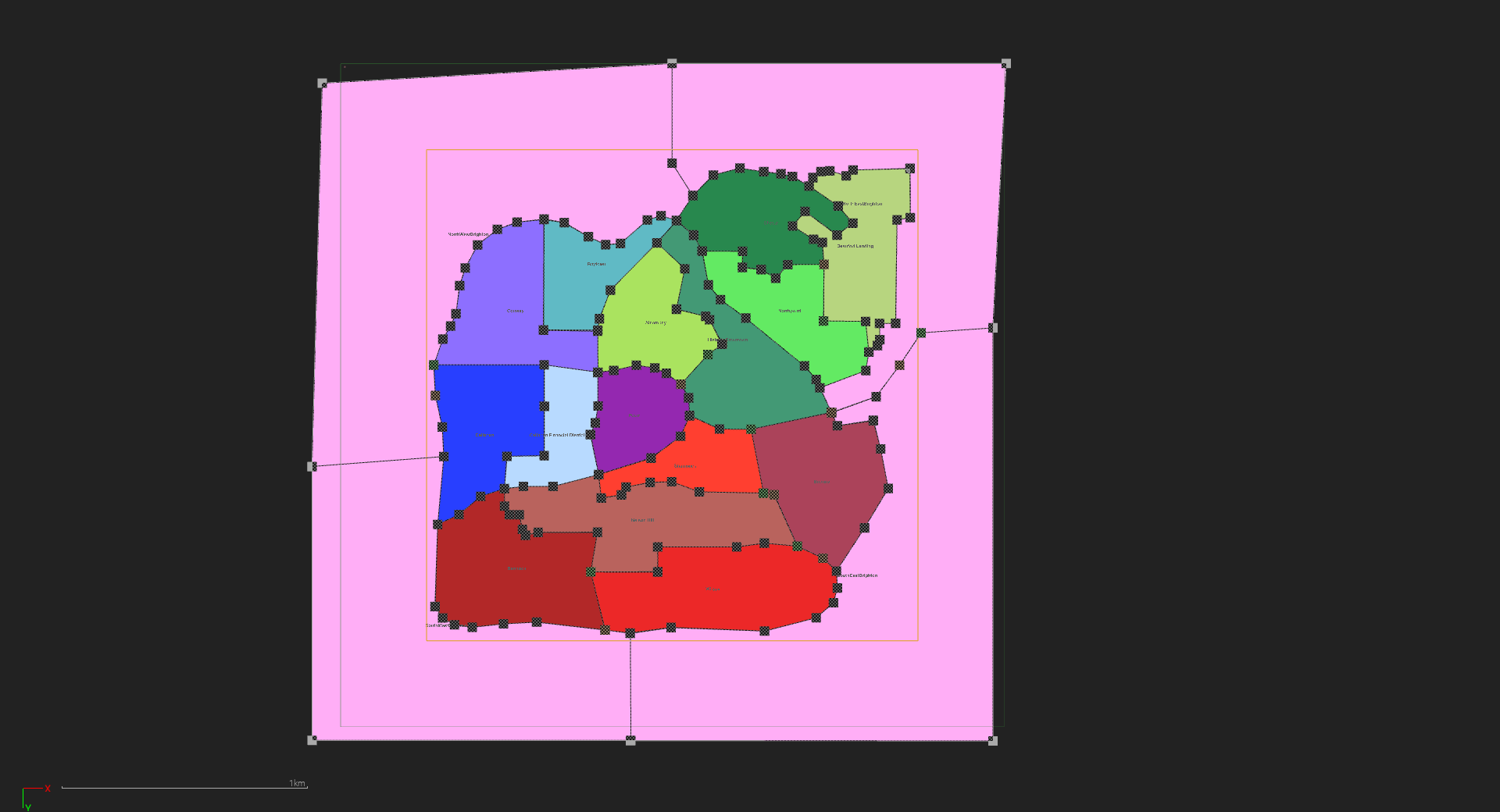 7: The neighborhood area editor inside UE4
7: The neighborhood area editor inside UE4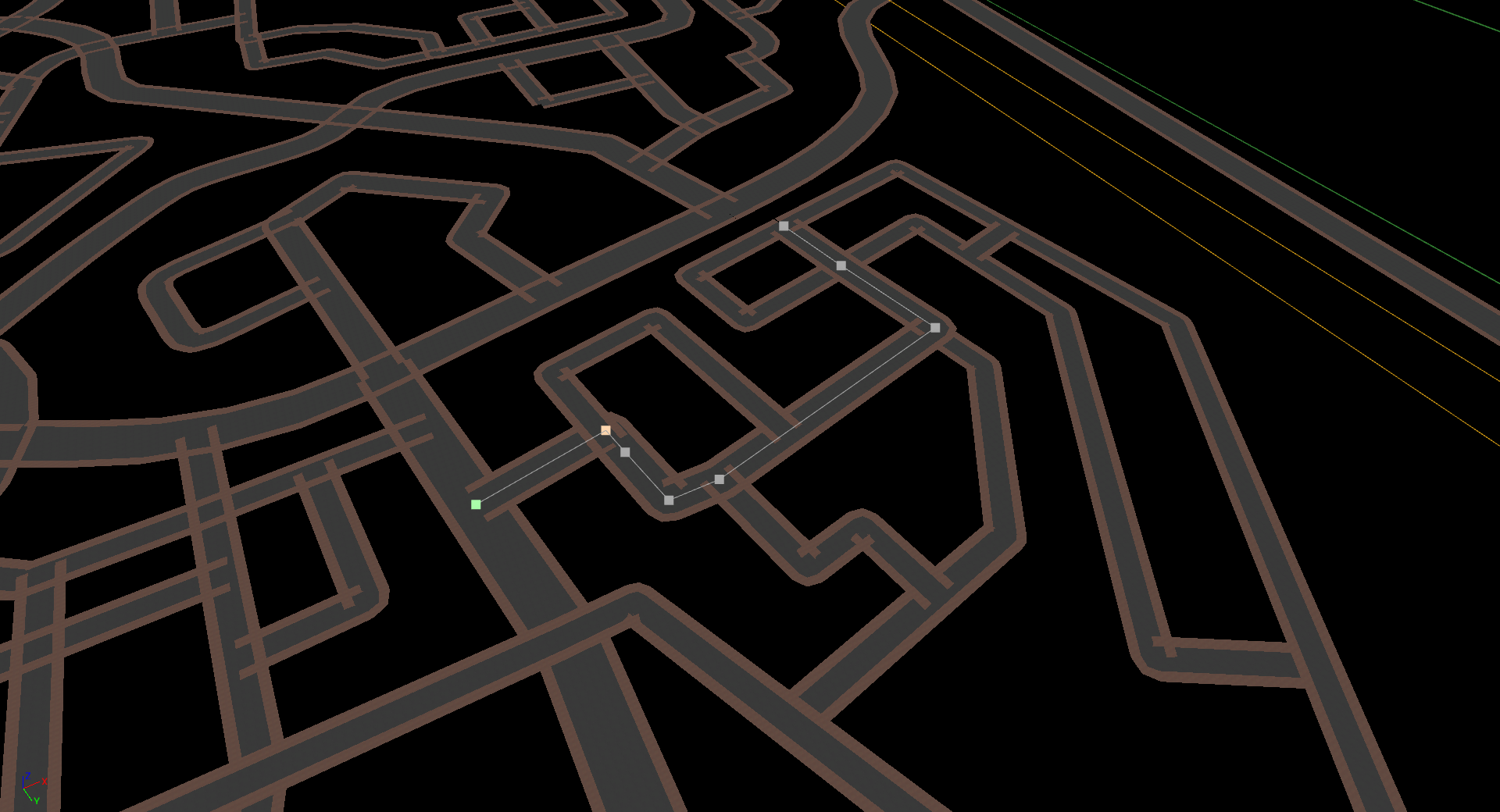 8: Preview road meshes. You can see the spline control points of the road that is selected
8: Preview road meshes. You can see the spline control points of the road that is selected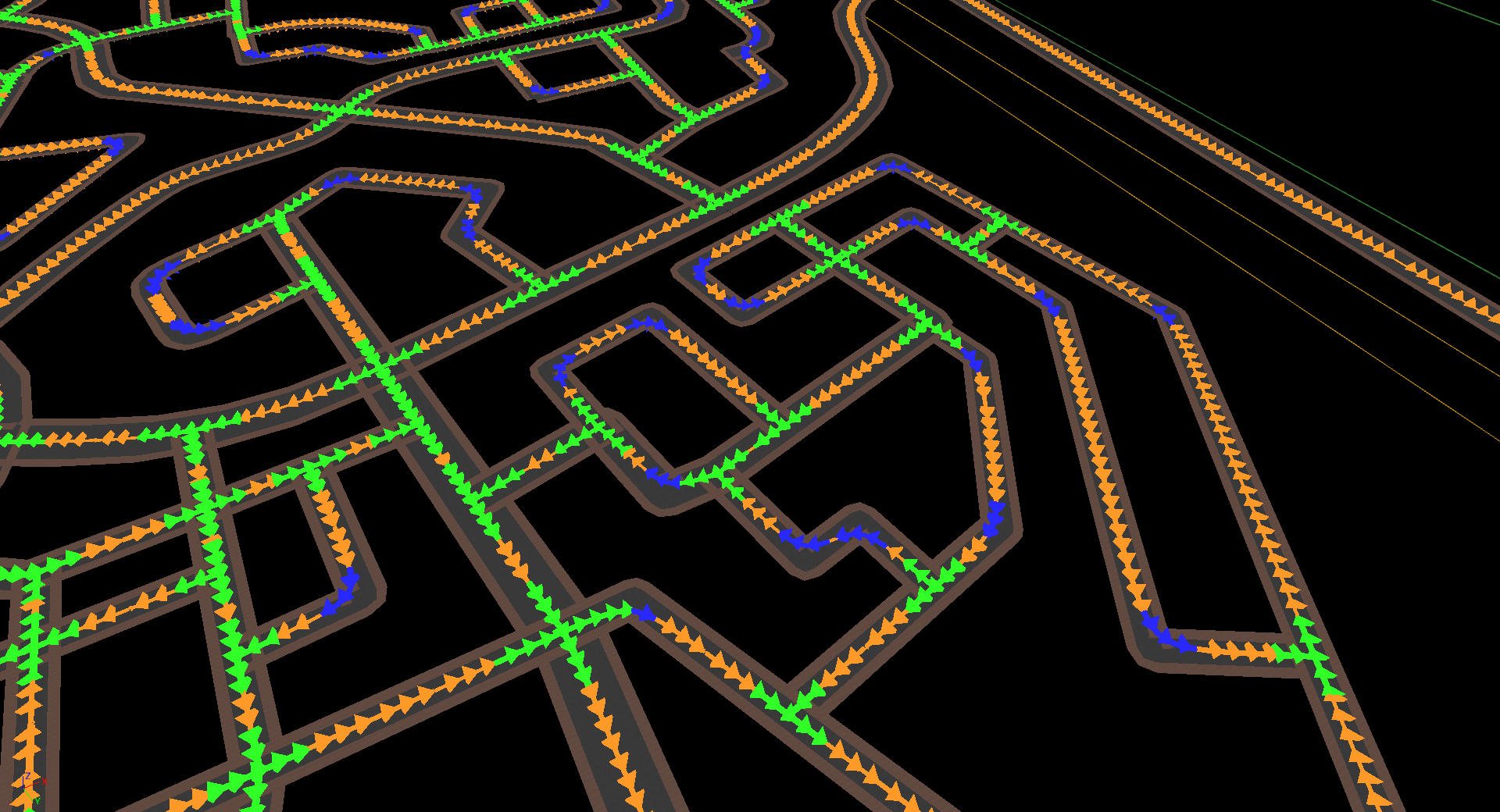 9: The road network preview shows color codes for intersections and sharp turns that help to check if the input splines are valid
9: The road network preview shows color codes for intersections and sharp turns that help to check if the input splines are valid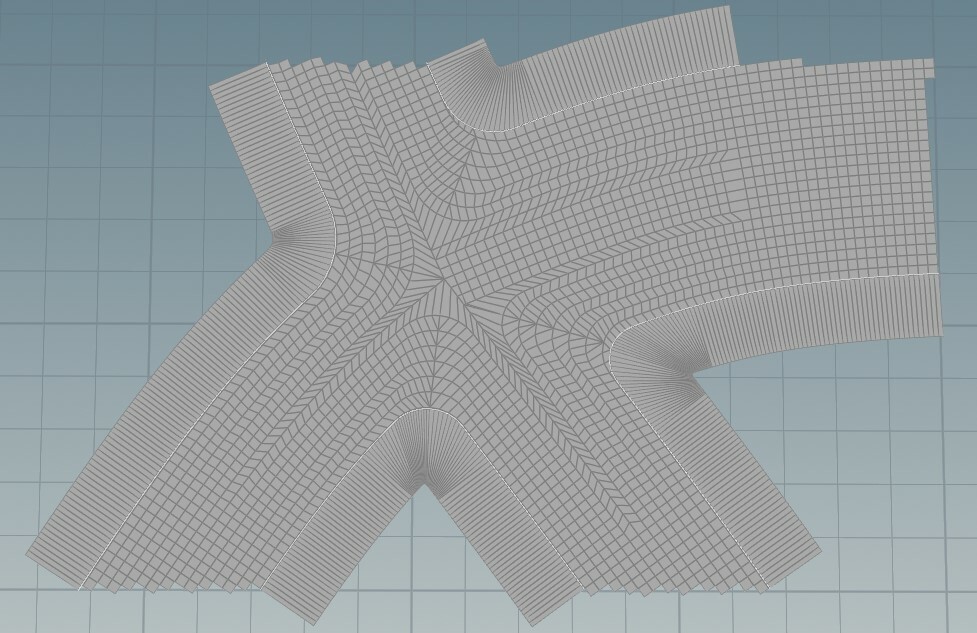 10: The detailed topology of two mesh chunks connecting roads of different sizes. Grid size: 5x5m
10: The detailed topology of two mesh chunks connecting roads of different sizes. Grid size: 5x5m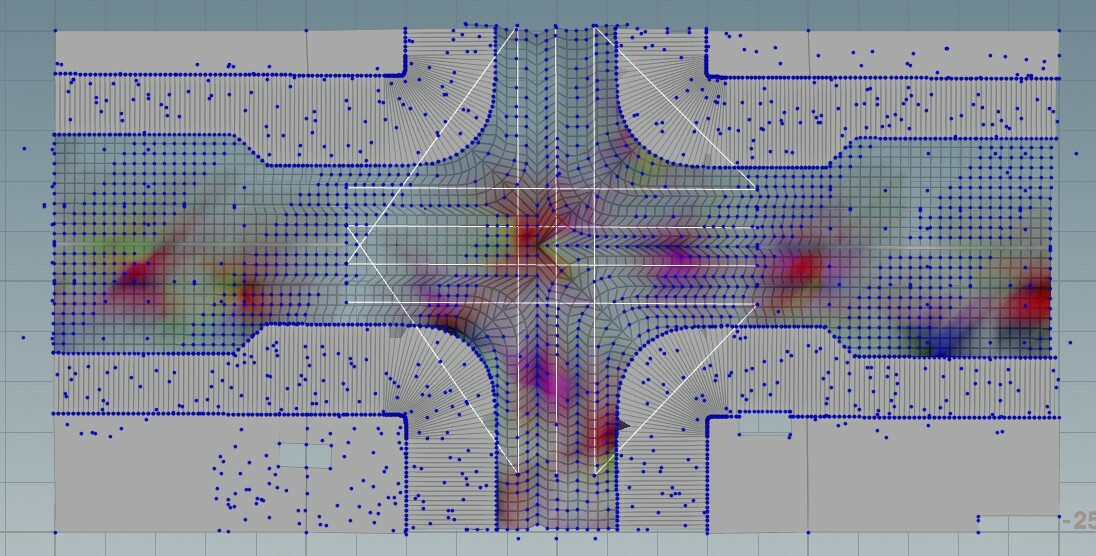 11: Final output of two chunks with instance points and traffic system data. It also contains meta information such as LOD class, navigation area class and more
11: Final output of two chunks with instance points and traffic system data. It also contains meta information such as LOD class, navigation area class and more 12: All of the Houdini-generated geometry and placed props for a single streaming level inside UE4
12: All of the Houdini-generated geometry and placed props for a single streaming level inside UE4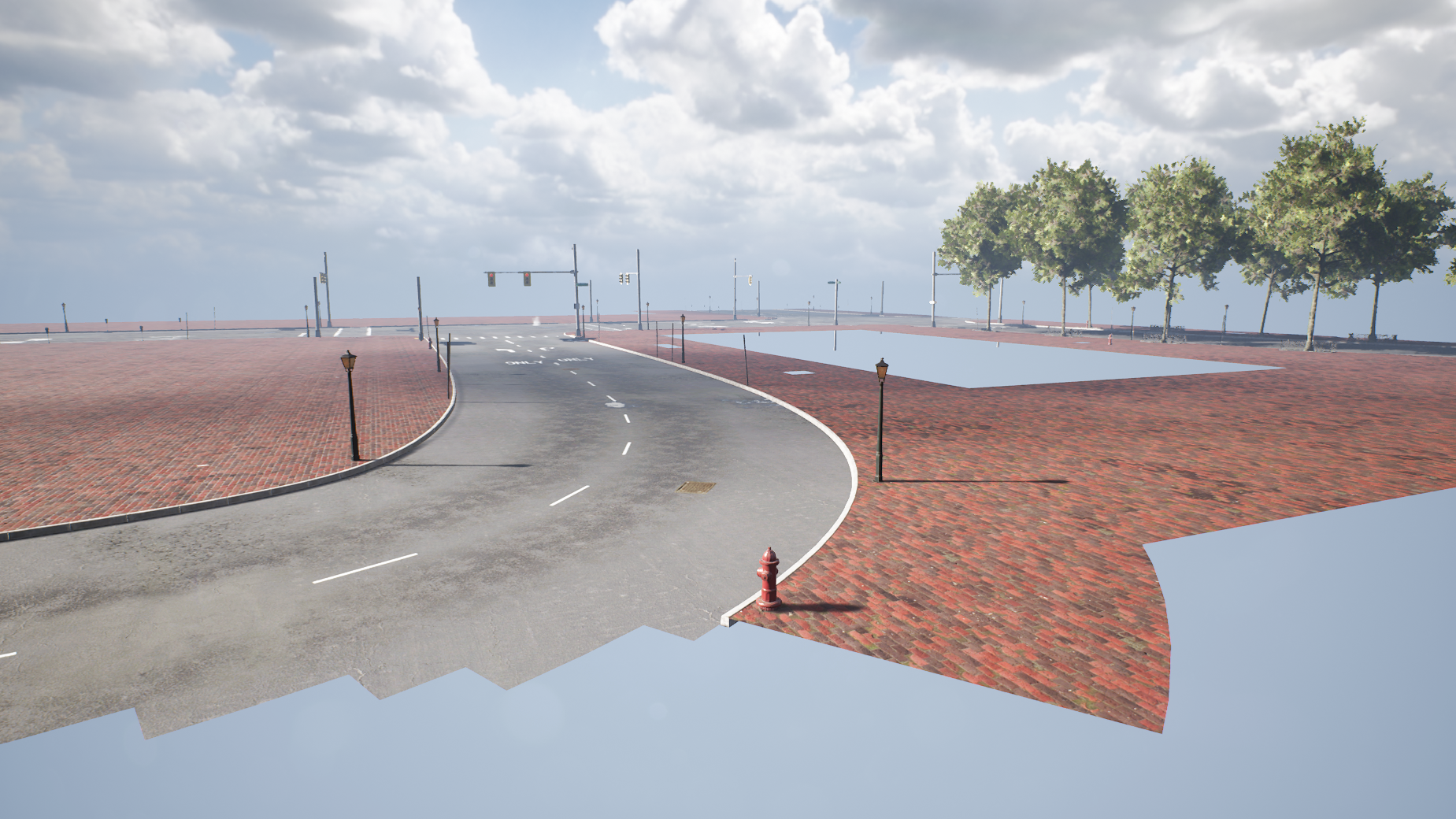 13: The same streaming level up-close. Here you can see a bunch of props placed by Houdini.
13: The same streaming level up-close. Here you can see a bunch of props placed by Houdini.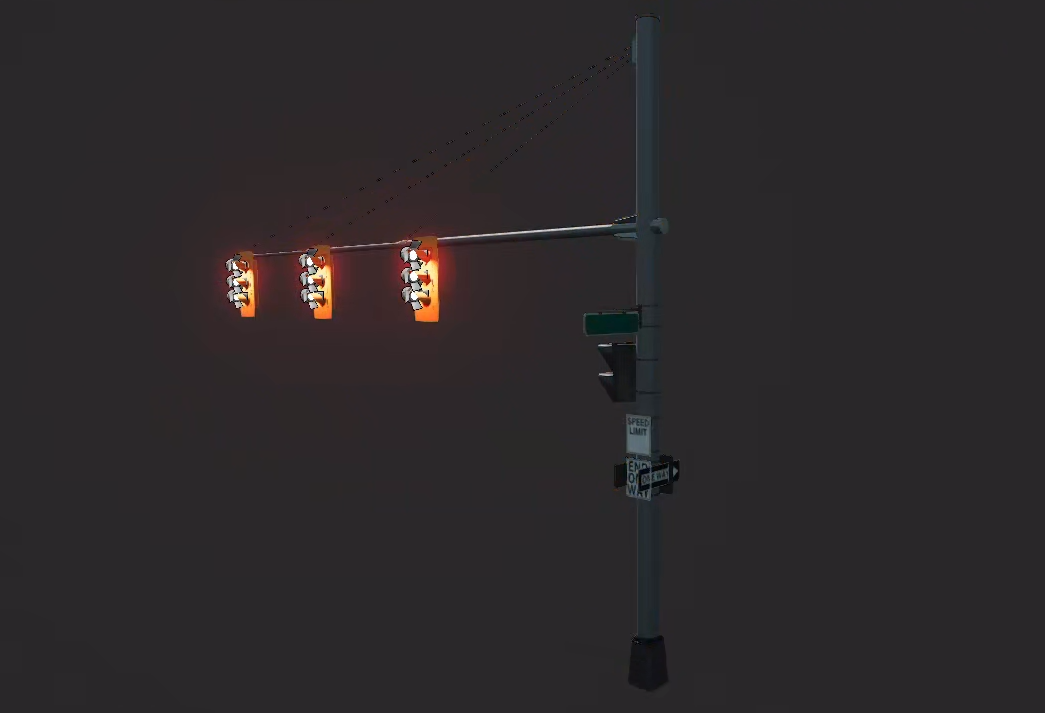 14: A traffic light blueprint actor as shown in the editor
14: A traffic light blueprint actor as shown in the editor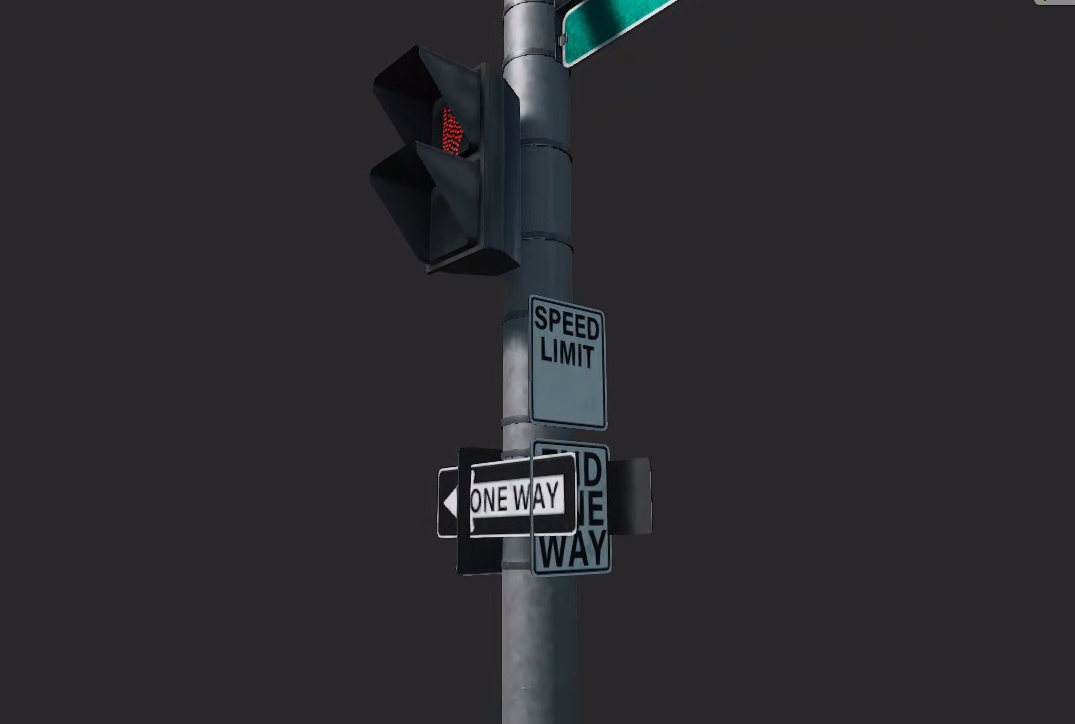 15: The same blueprint with all of the possible signs activated at the same time
15: The same blueprint with all of the possible signs activated at the same time 16: A traffic light at the exit of a one-way street combined with a pedestrian crossing
16: A traffic light at the exit of a one-way street combined with a pedestrian crossing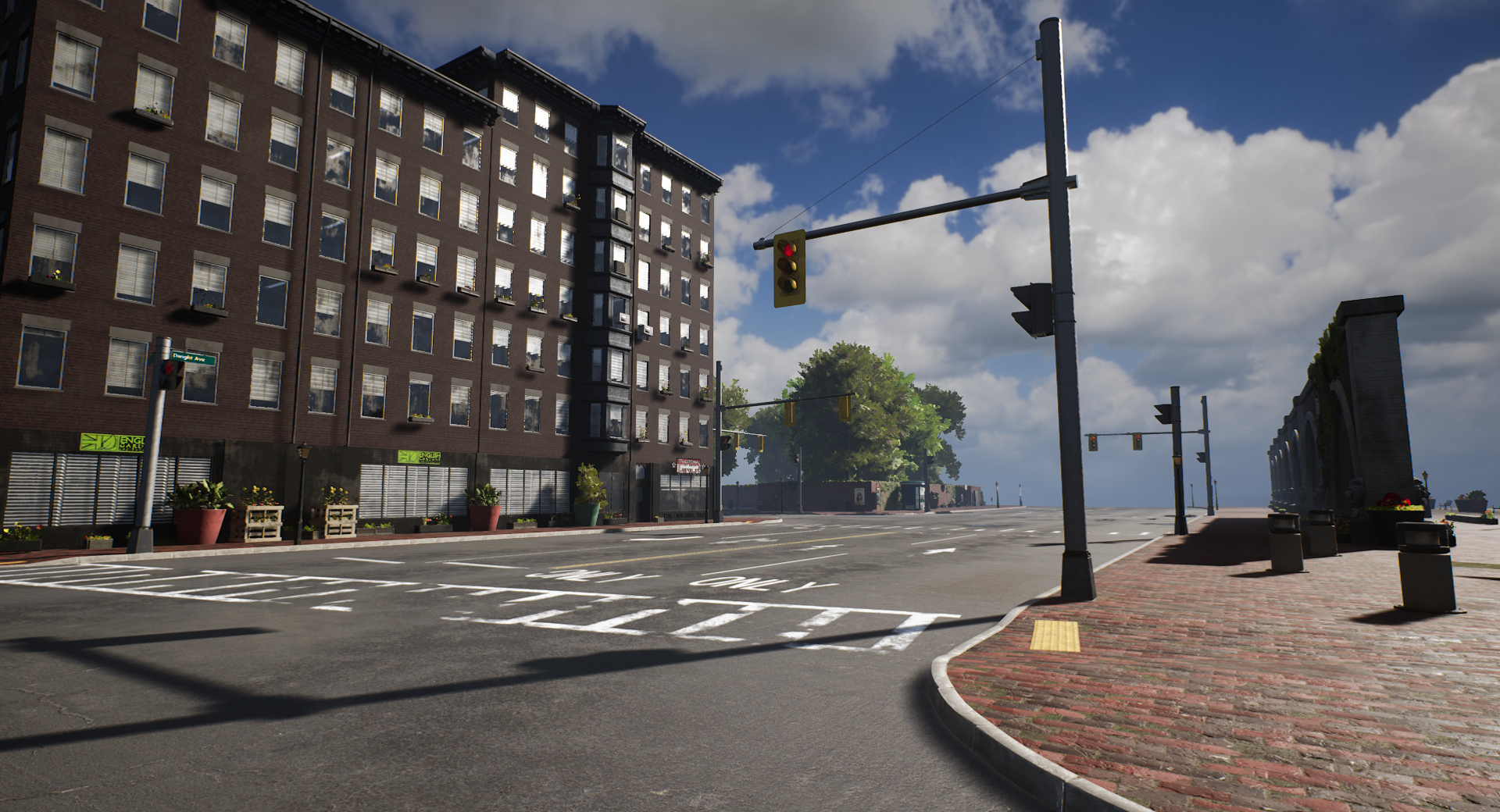 17: A traffic light at the entry of a two-way street with a single incoming lane, also combined with a pedestrian crossing
17: A traffic light at the entry of a two-way street with a single incoming lane, also combined with a pedestrian crossing 18: Debug visualization showing the traffic node network of an intersection in our feature testing map
18: Debug visualization showing the traffic node network of an intersection in our feature testing map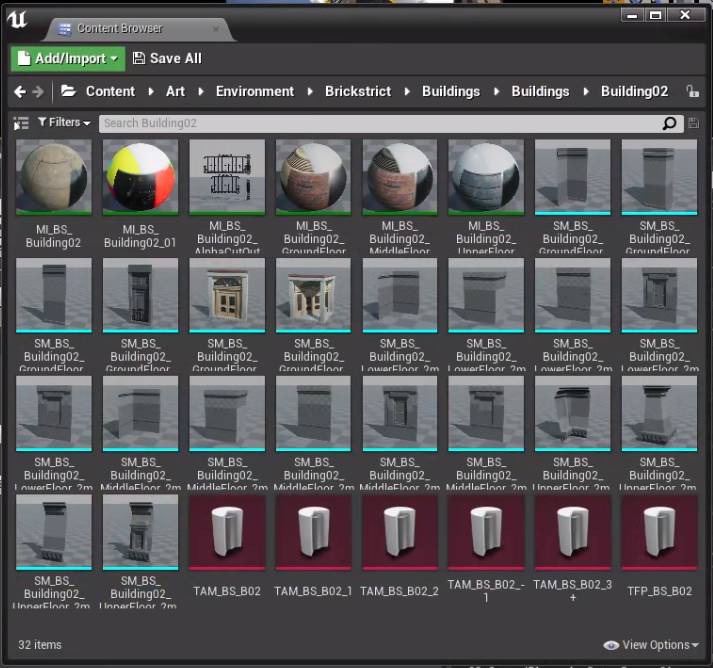 19: All assets required for a building tileset, excluding attachments
19: All assets required for a building tileset, excluding attachments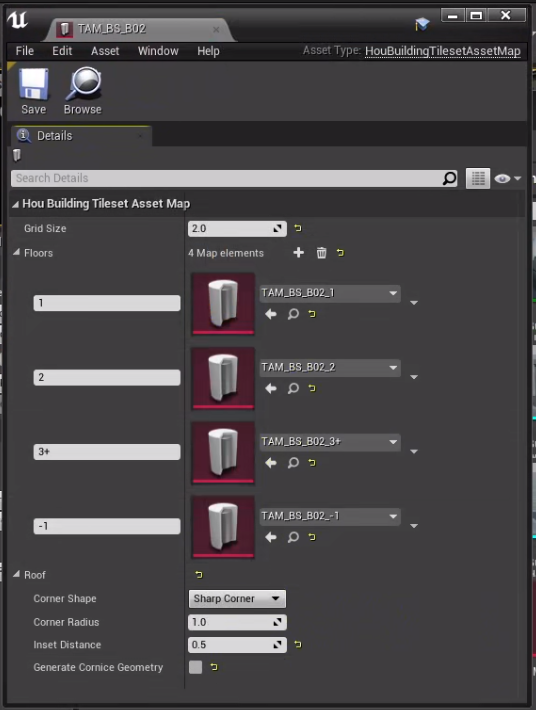
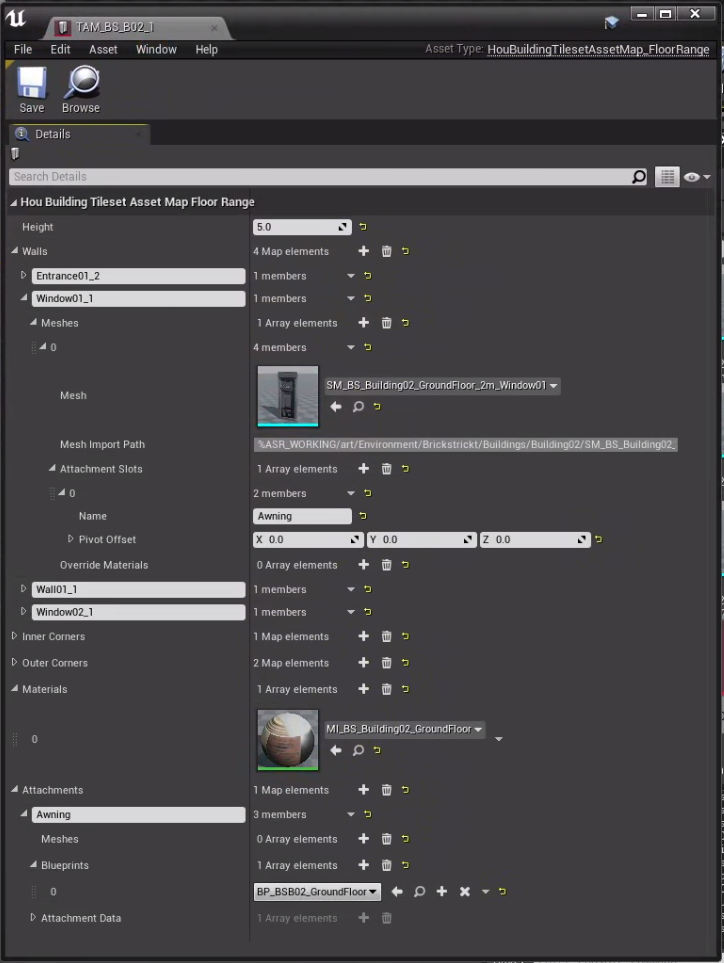 21: Tileset Asset Map (TAM) - Floor Range
21: Tileset Asset Map (TAM) - Floor Range
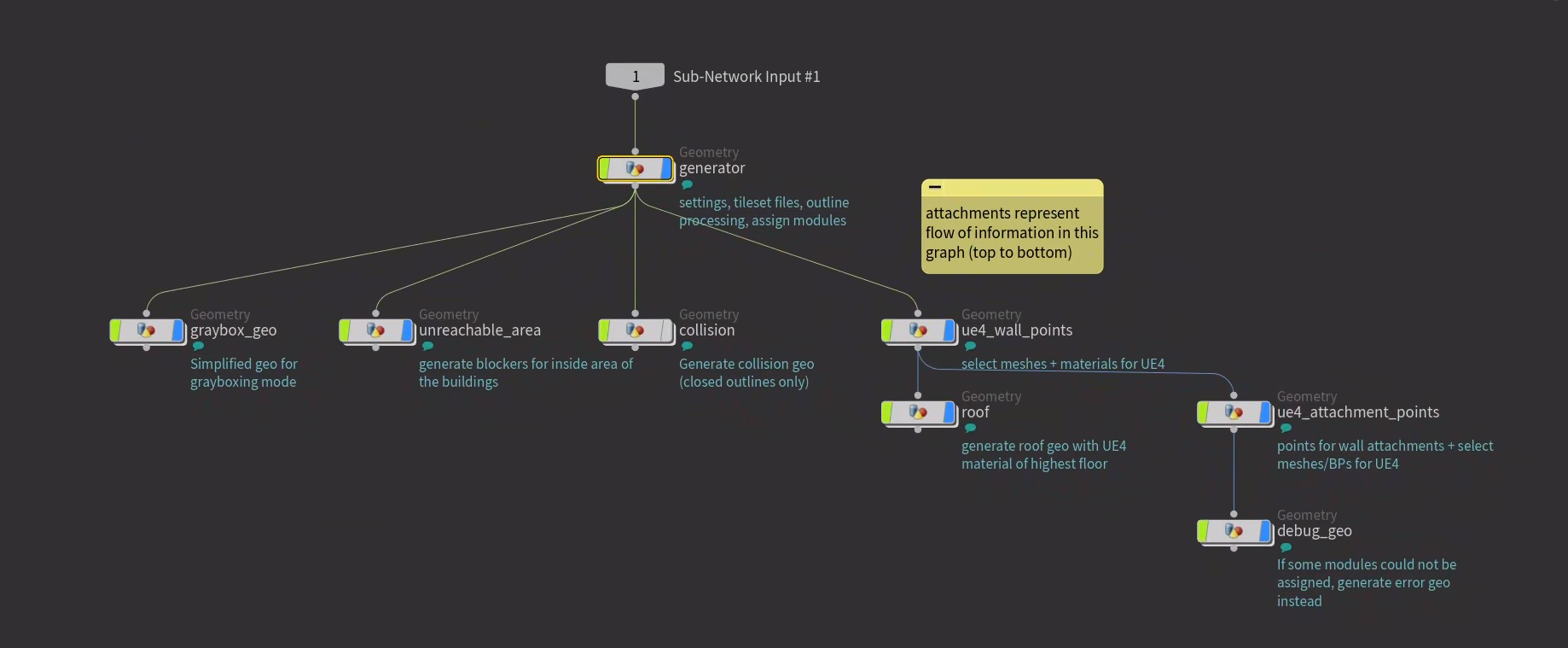 23: Overview of the building generator graph on object level
23: Overview of the building generator graph on object level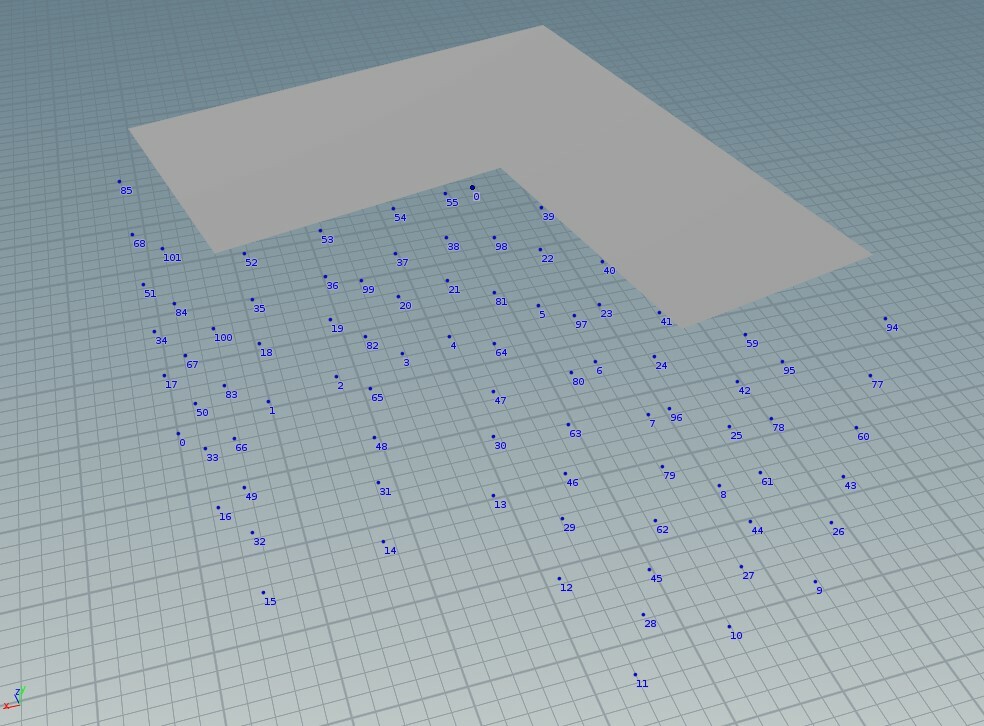 24: What buildings look like in Houdini (instancing points and generated roof geometry)
24: What buildings look like in Houdini (instancing points and generated roof geometry)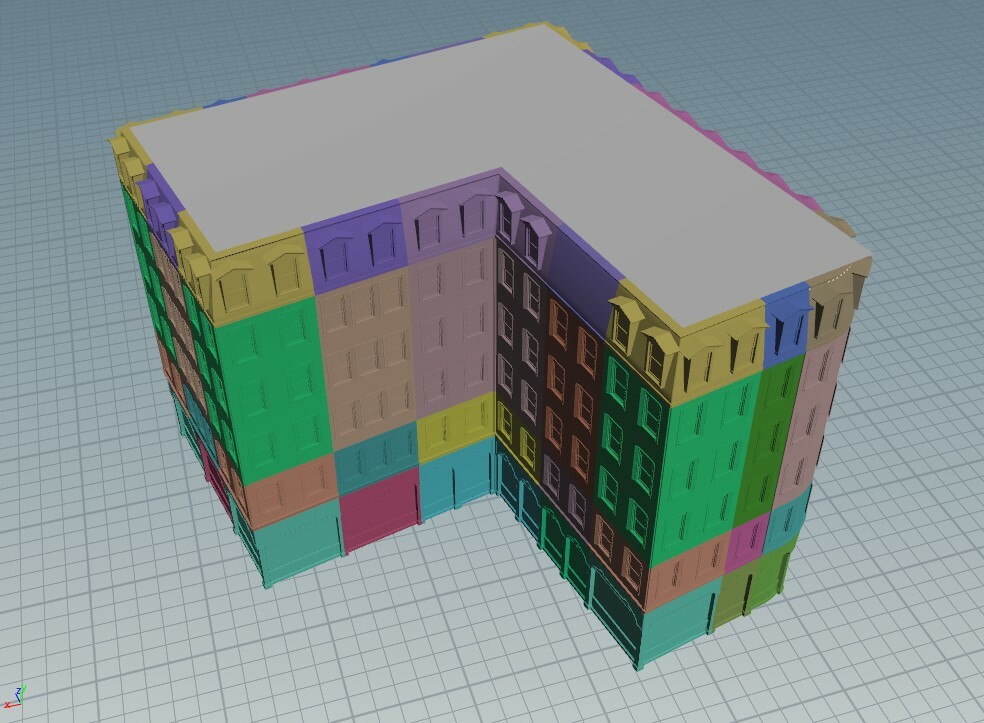 25: The same building with a debug visualization that shows the different modules
25: The same building with a debug visualization that shows the different modules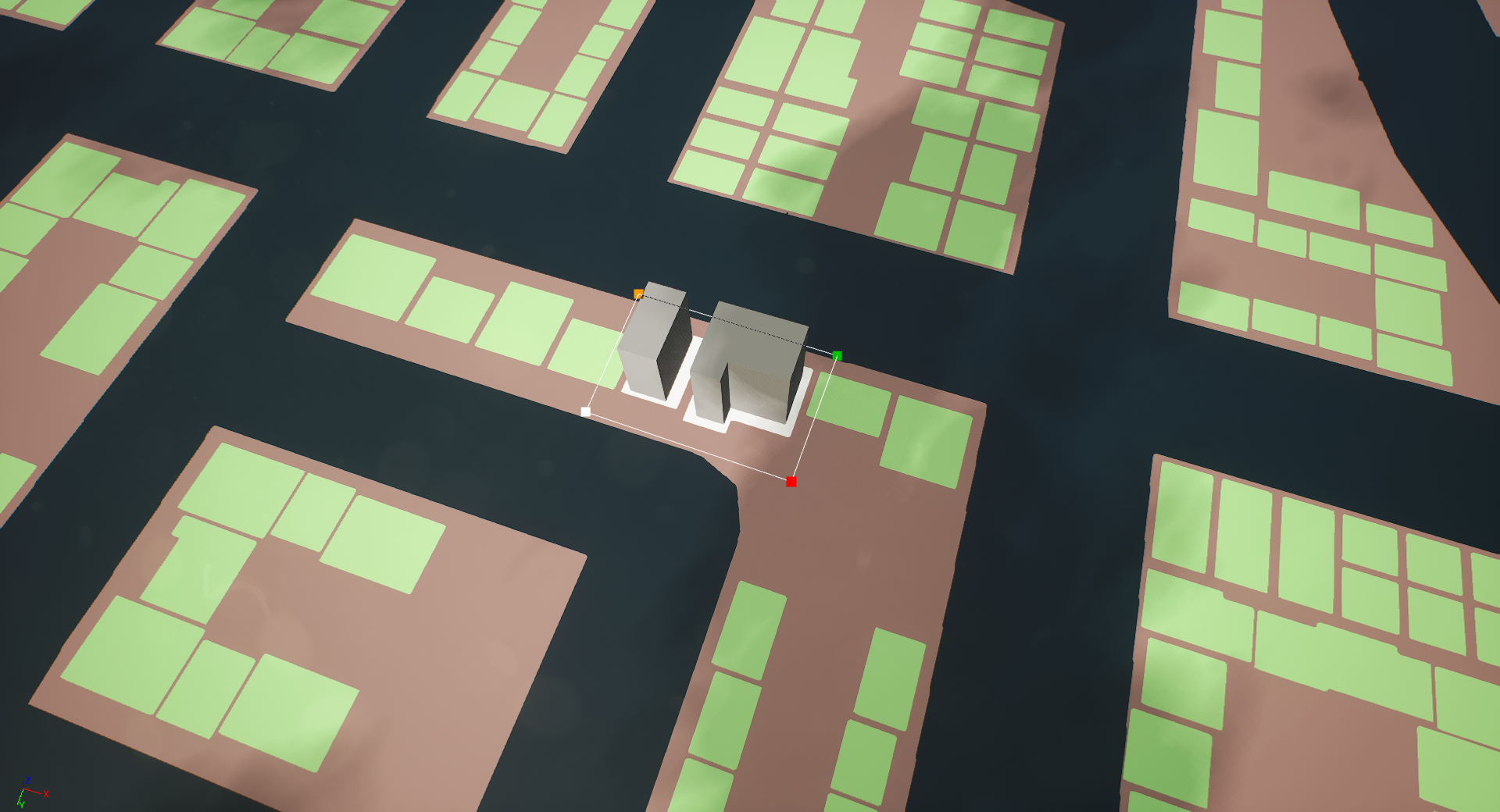 26: Selecting an area on the graybox ground plan to generate two buildings from the ground shapes
26: Selecting an area on the graybox ground plan to generate two buildings from the ground shapes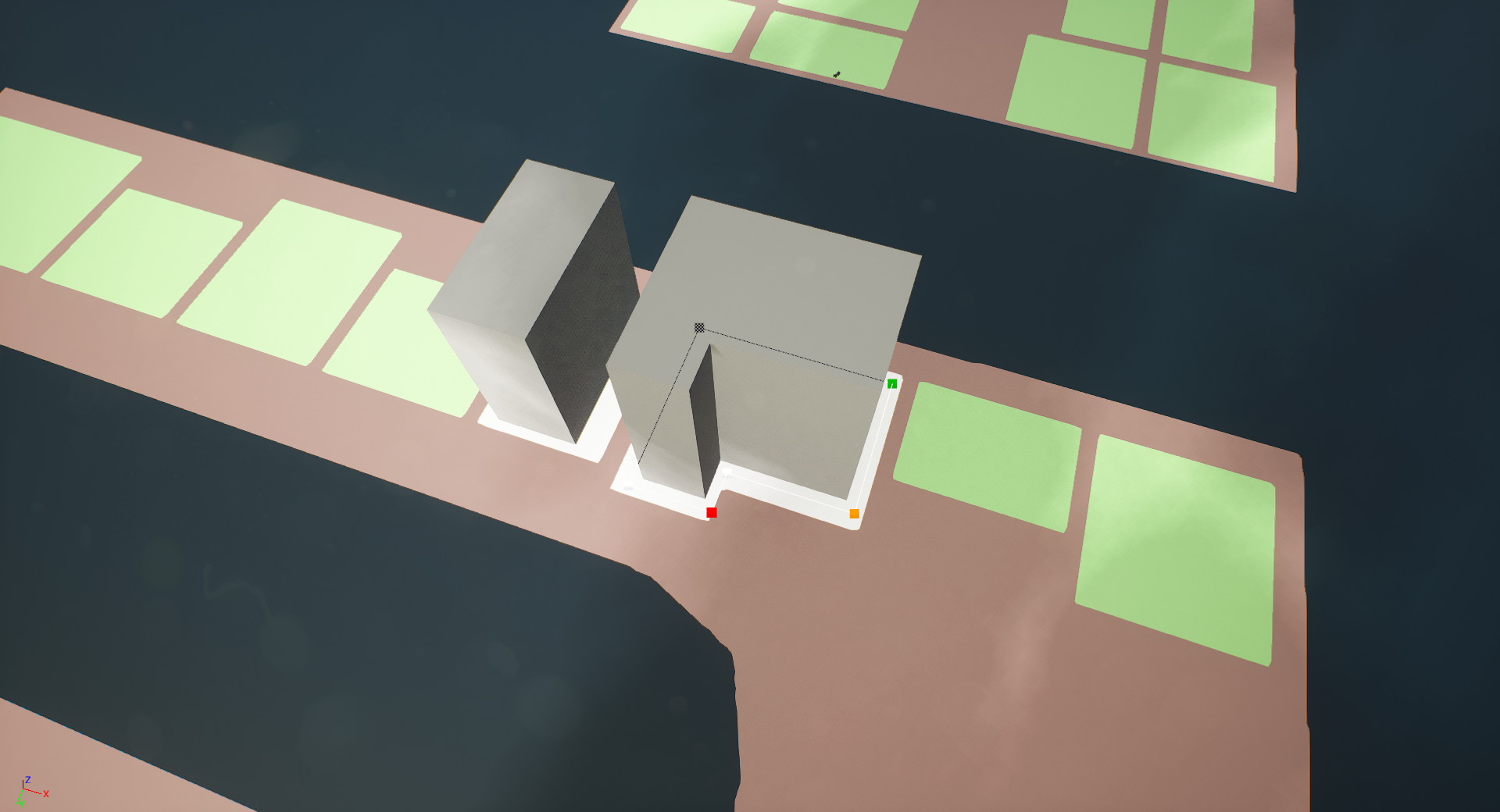 27: Both buildings are unique actors that can be selected and edited individually
27: Both buildings are unique actors that can be selected and edited individually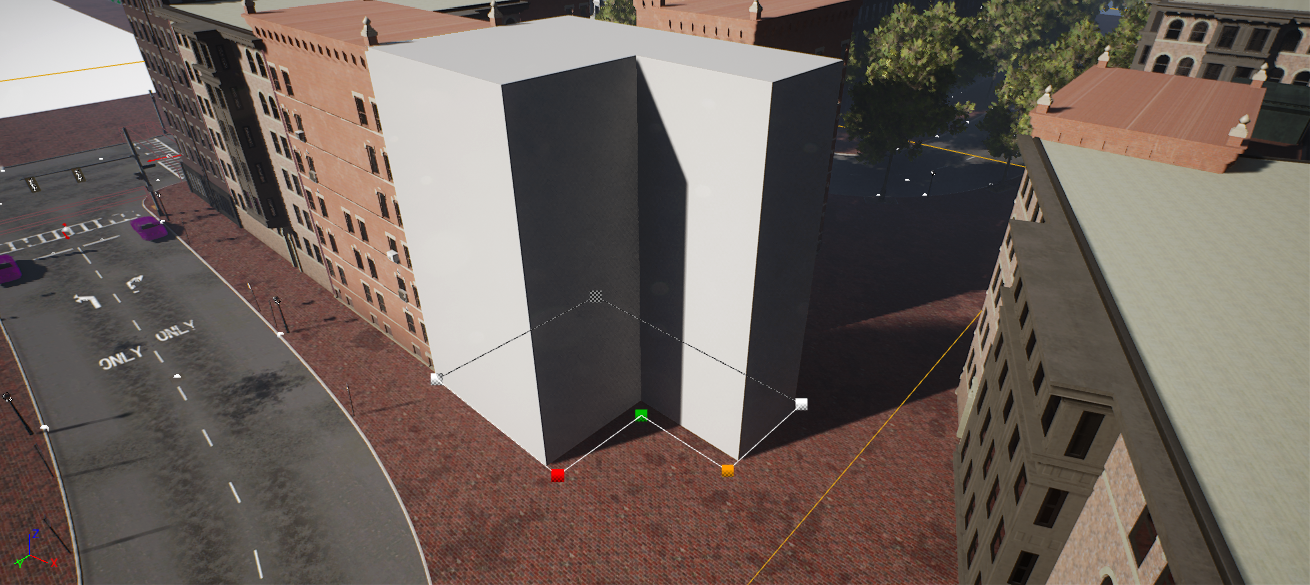 28: Editing the outline of a building in grayboxing mode
28: Editing the outline of a building in grayboxing mode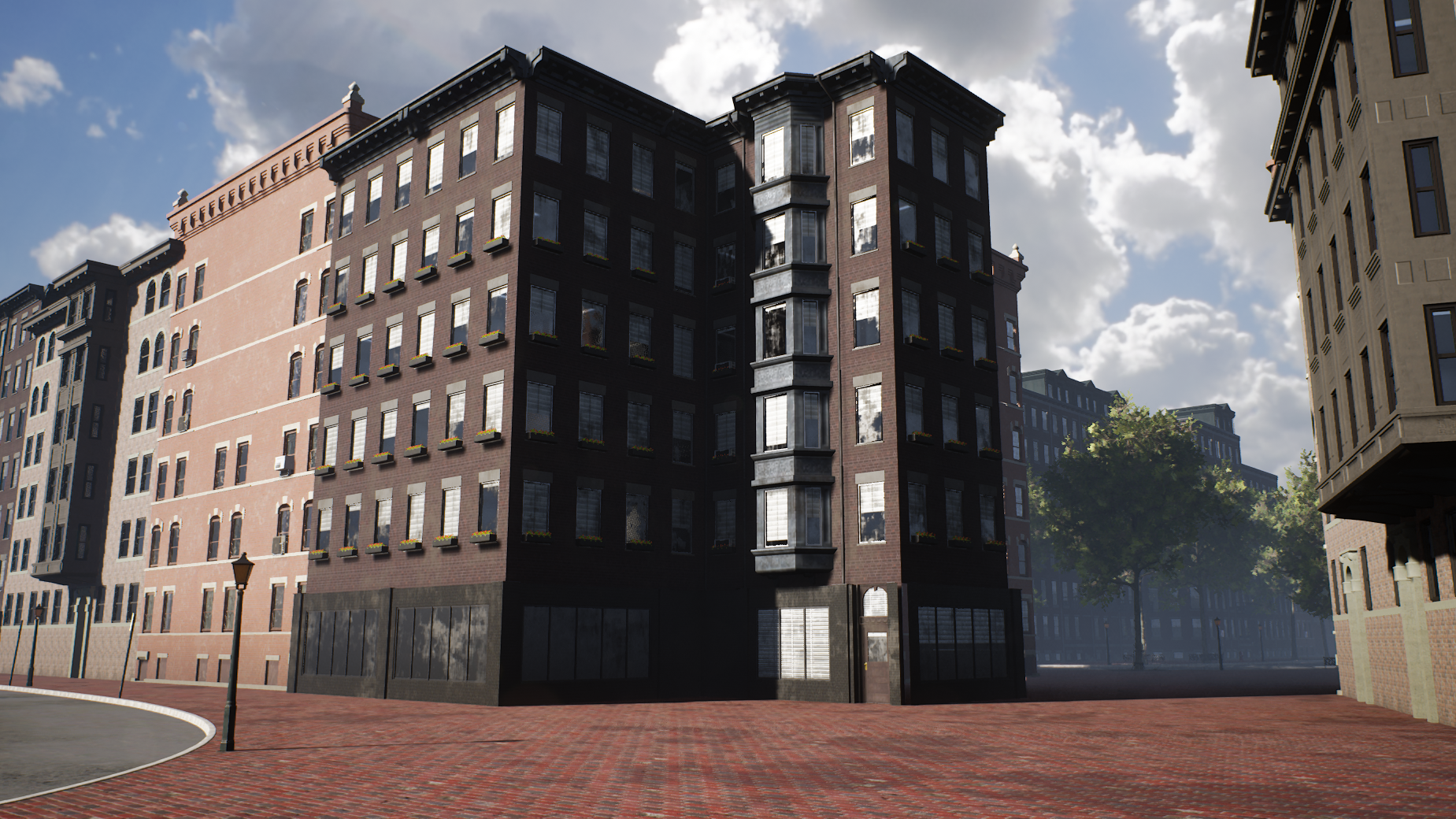 29: Tileset variant A
29: Tileset variant A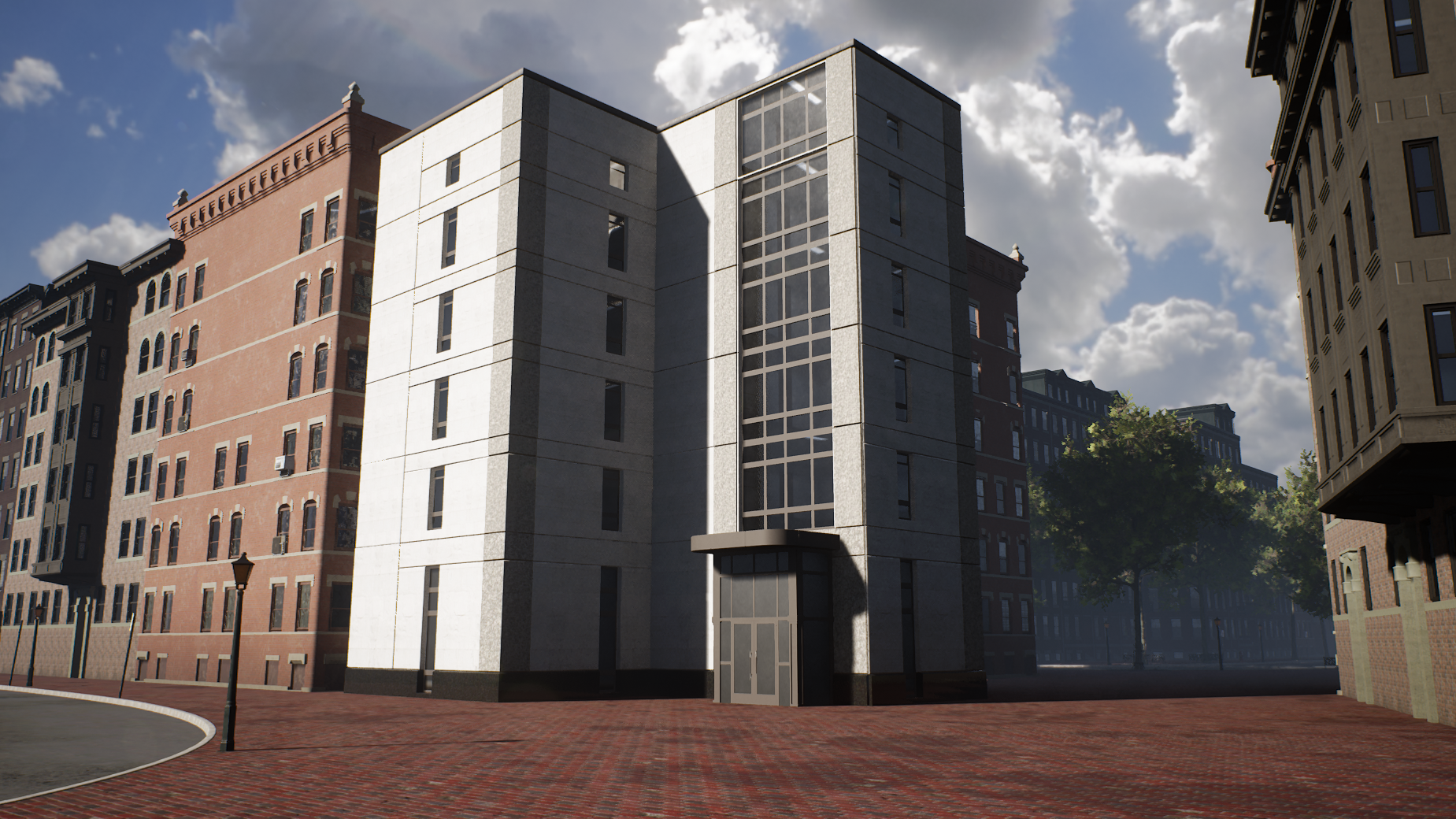 30: Tileset variant B
30: Tileset variant B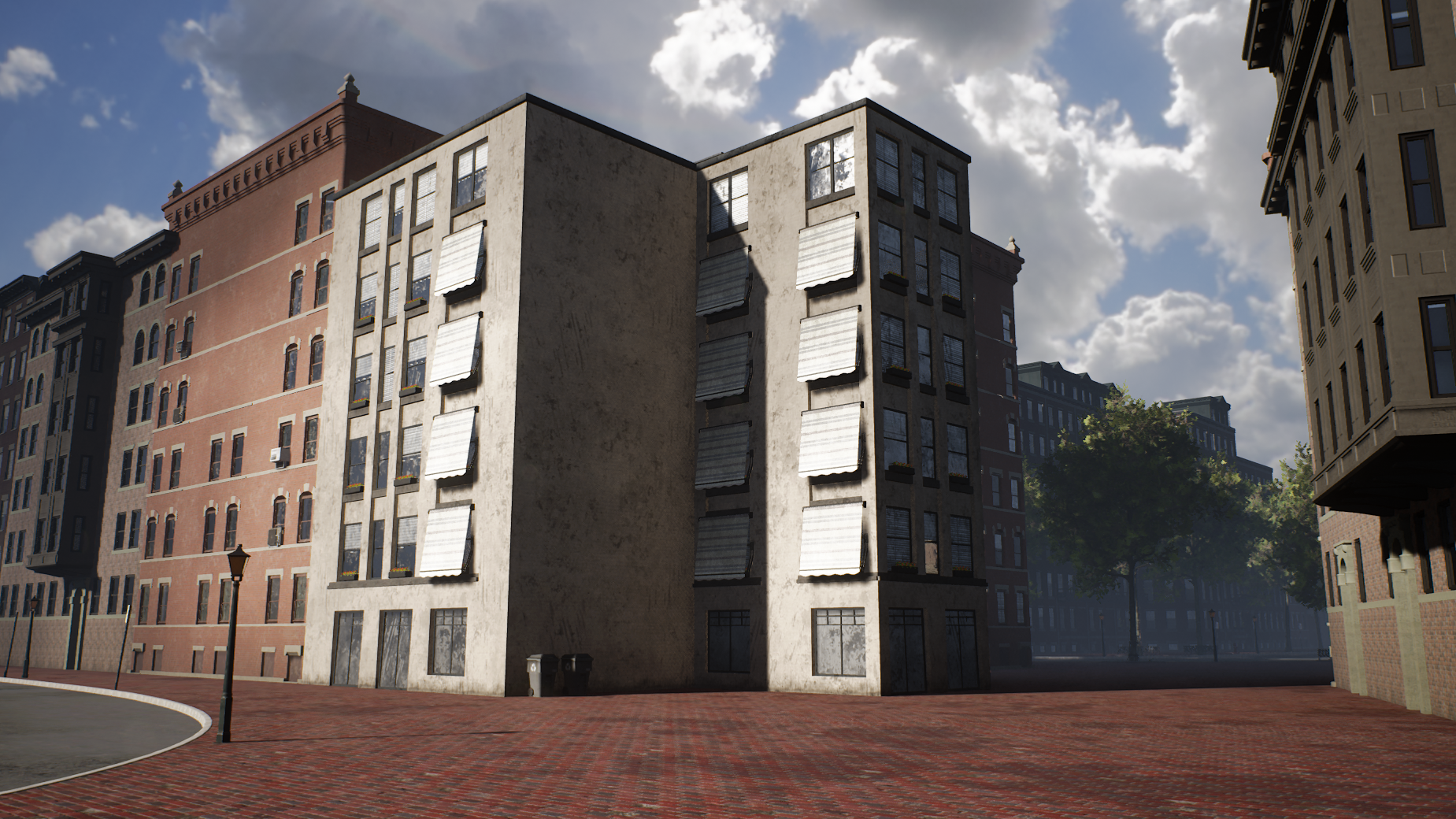 31: Tileset variant C
31: Tileset variant C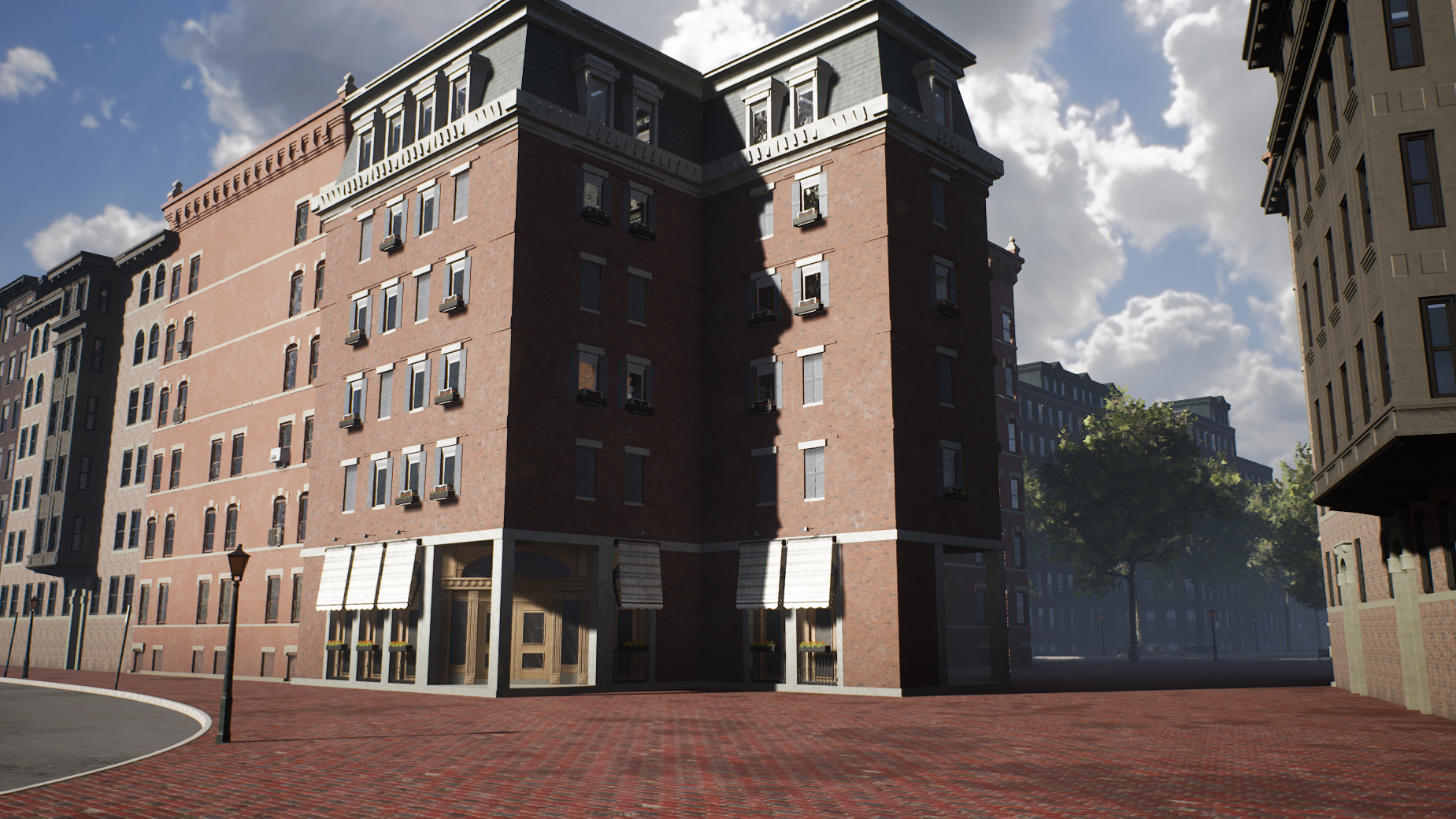 32: Tileset variant D
32: Tileset variant D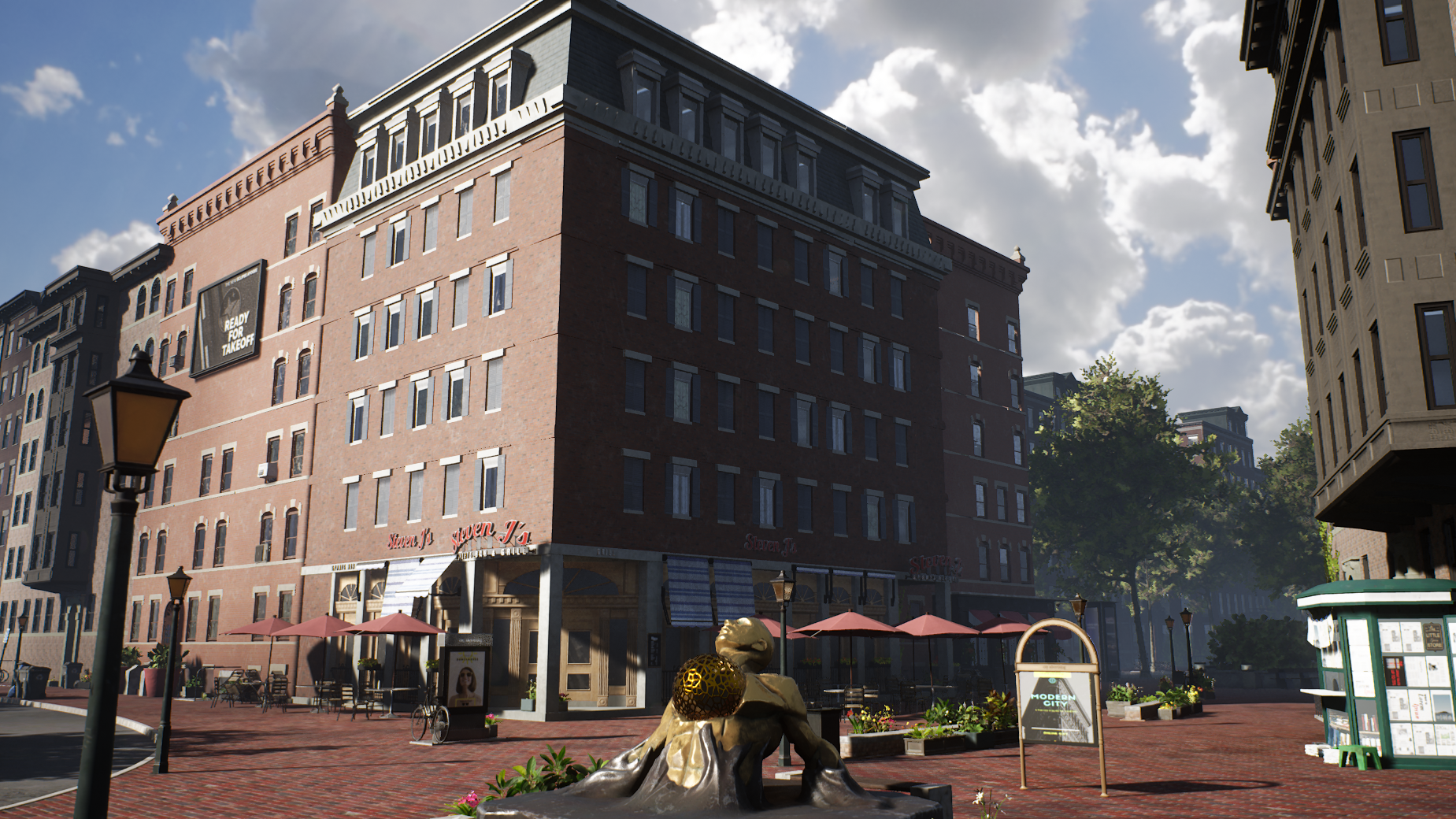 33: The finished square
33: The finished square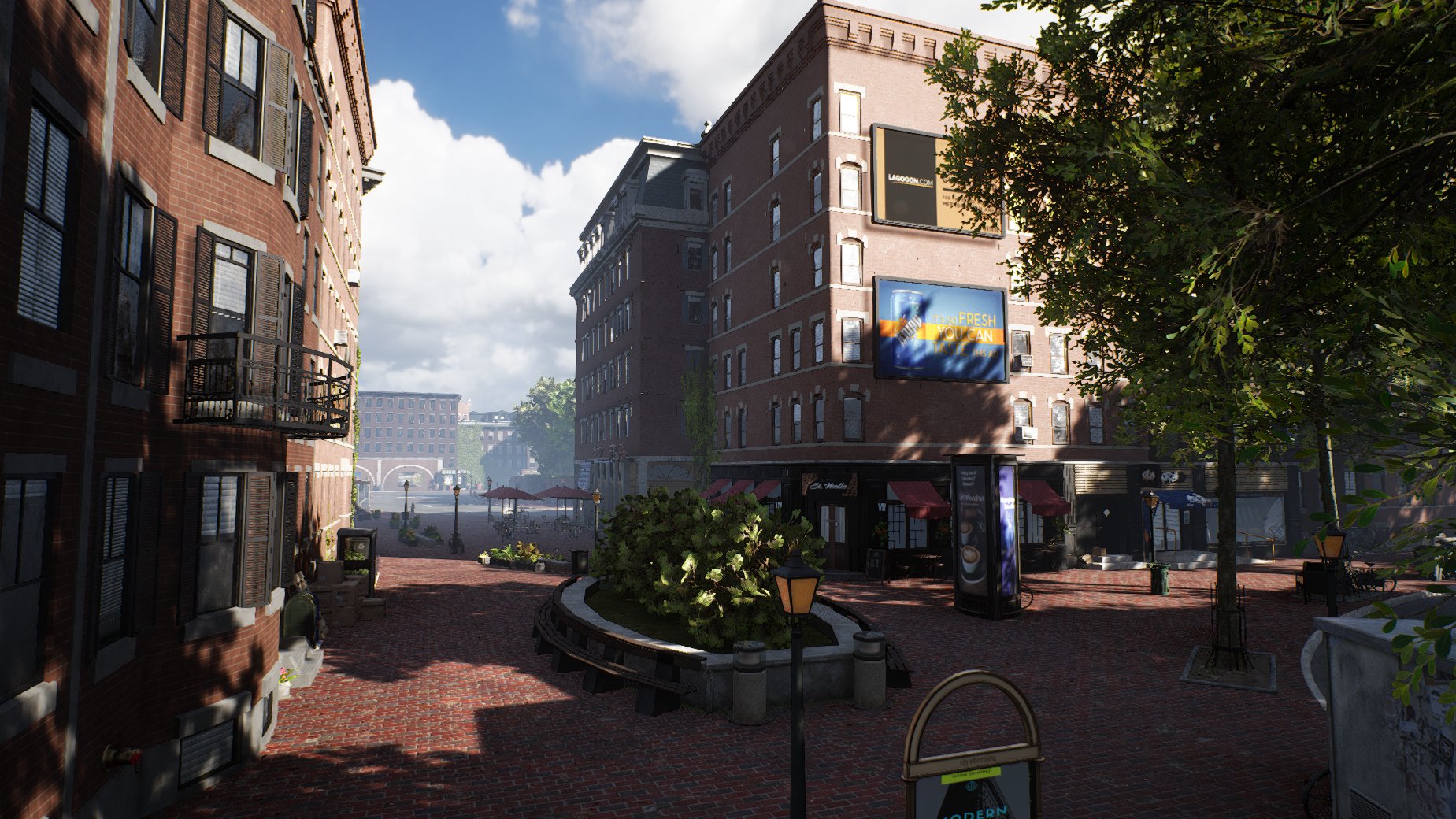 34: The same square from a different perspective
34: The same square from a different perspective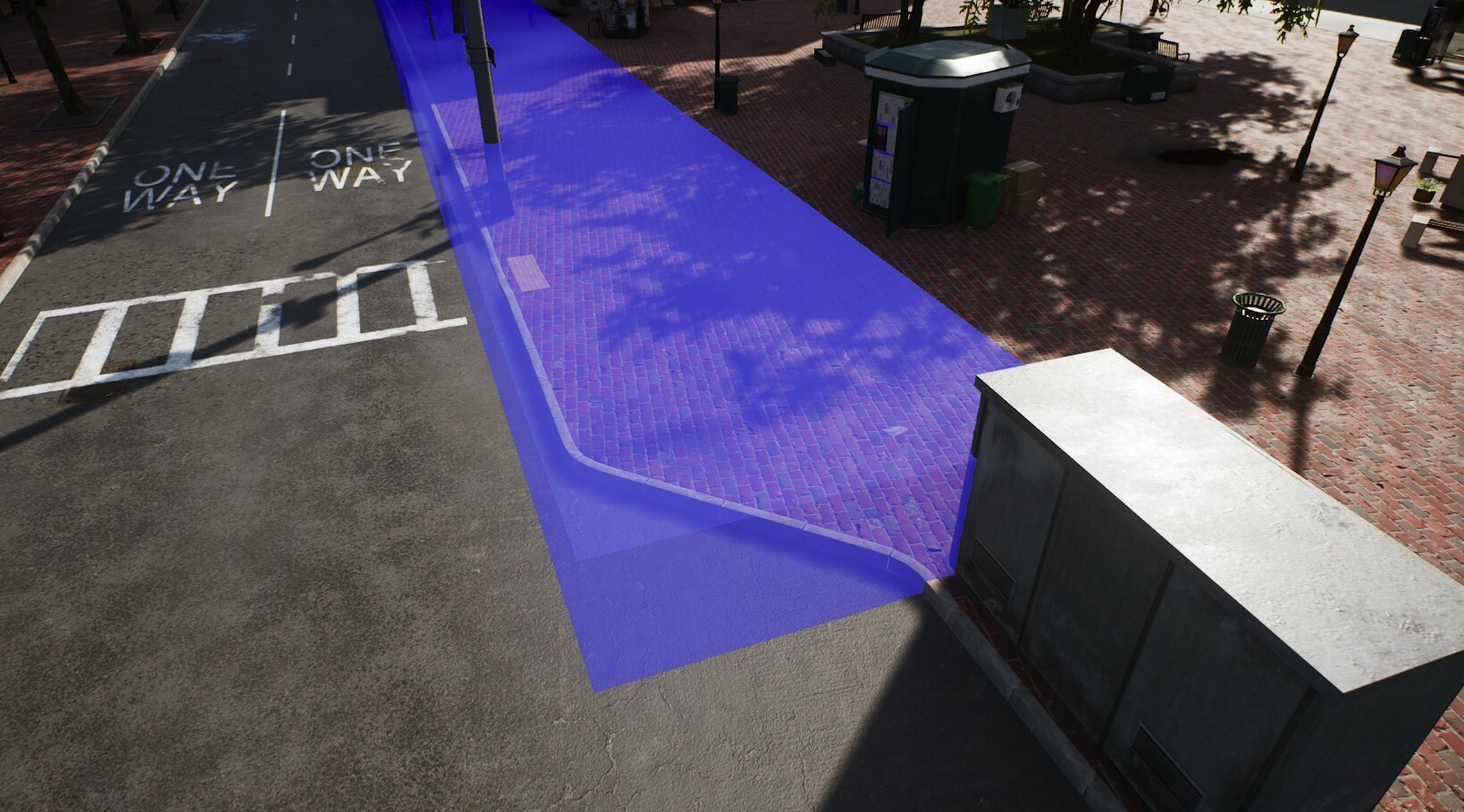 35: A volume that makes the sidewalk extend inwards to create narrow streets
35: A volume that makes the sidewalk extend inwards to create narrow streets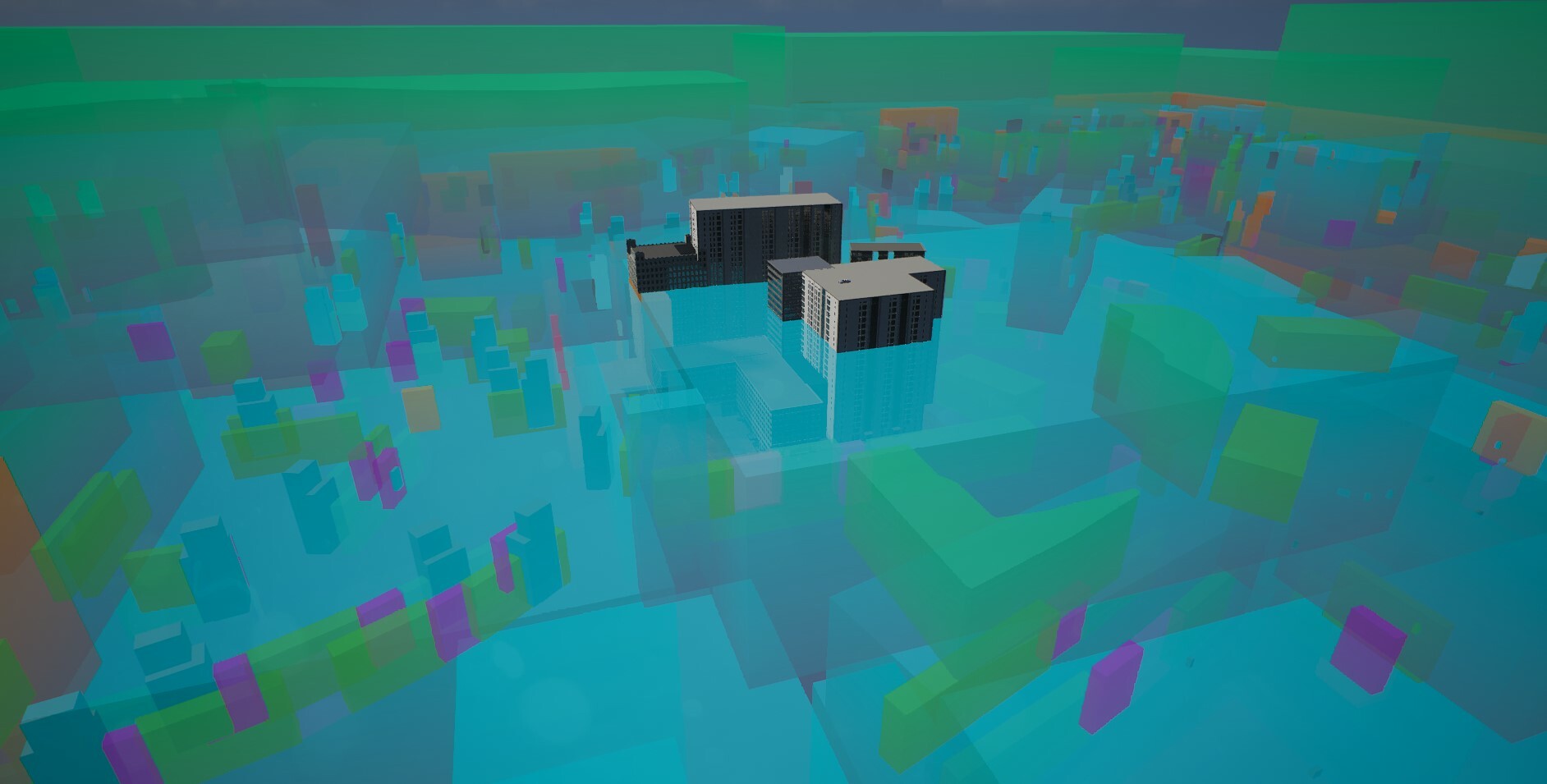 36: A part of the volumes placed in the level. 150x150m streaming level with a police car on top for scale.
36: A part of the volumes placed in the level. 150x150m streaming level with a police car on top for scale. 37: Brighton when viewed from above. The streaming levels close by are loaded in full detail, whereas the sky-scrapers in the back are loaded as proxies
37: Brighton when viewed from above. The streaming levels close by are loaded in full detail, whereas the sky-scrapers in the back are loaded as proxies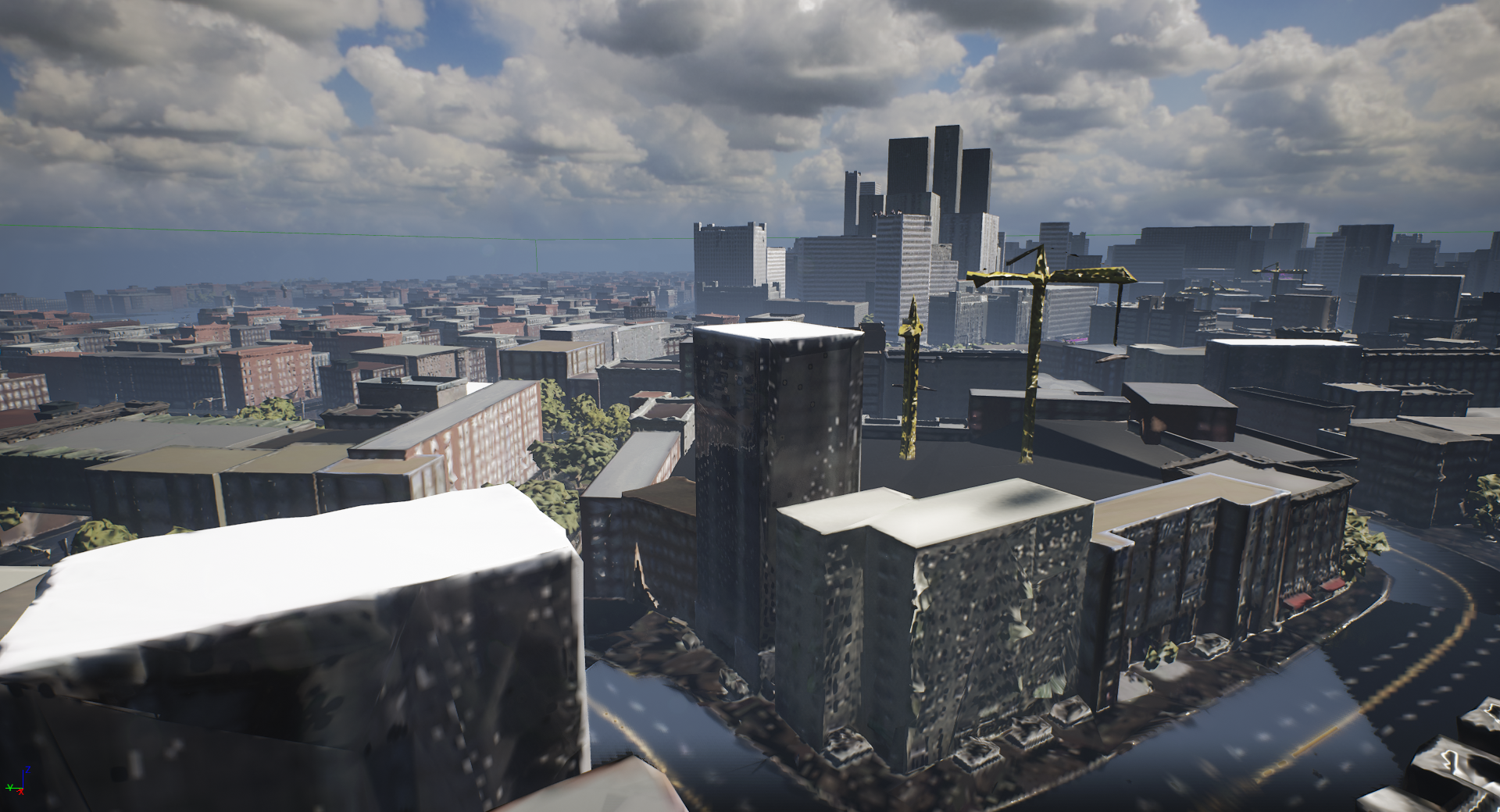 38: The proxy meshes when viewed from a close distance
38: The proxy meshes when viewed from a close distance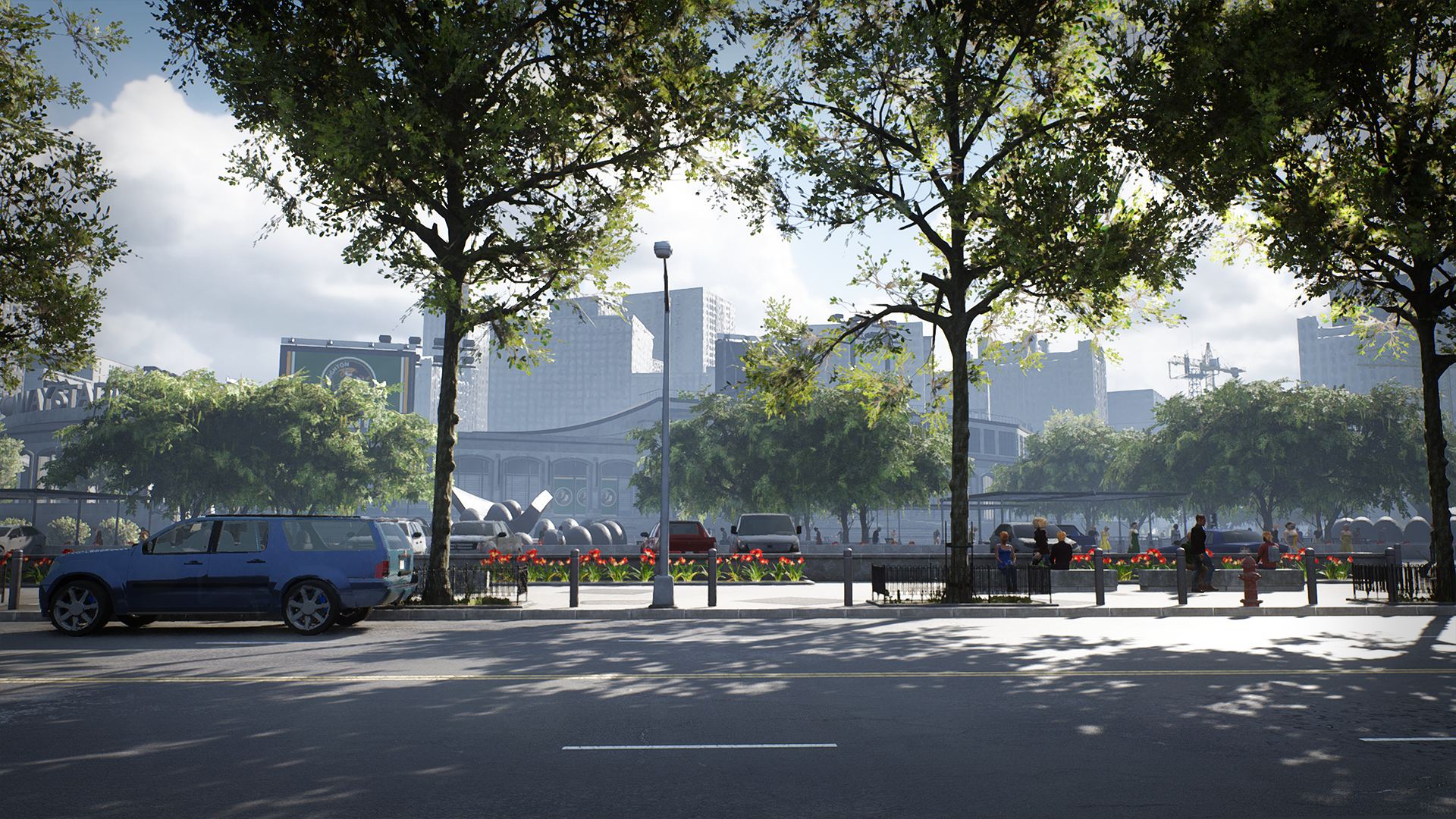 39: An ingame render from the Downtown district
39: An ingame render from the Downtown district 40: One of the many parks in Brighton
40: One of the many parks in Brighton 41: Average static mesh actor counts before PreCook
41: Average static mesh actor counts before PreCook 42: Average static mesh actor counts after PreCook
42: Average static mesh actor counts after PreCook


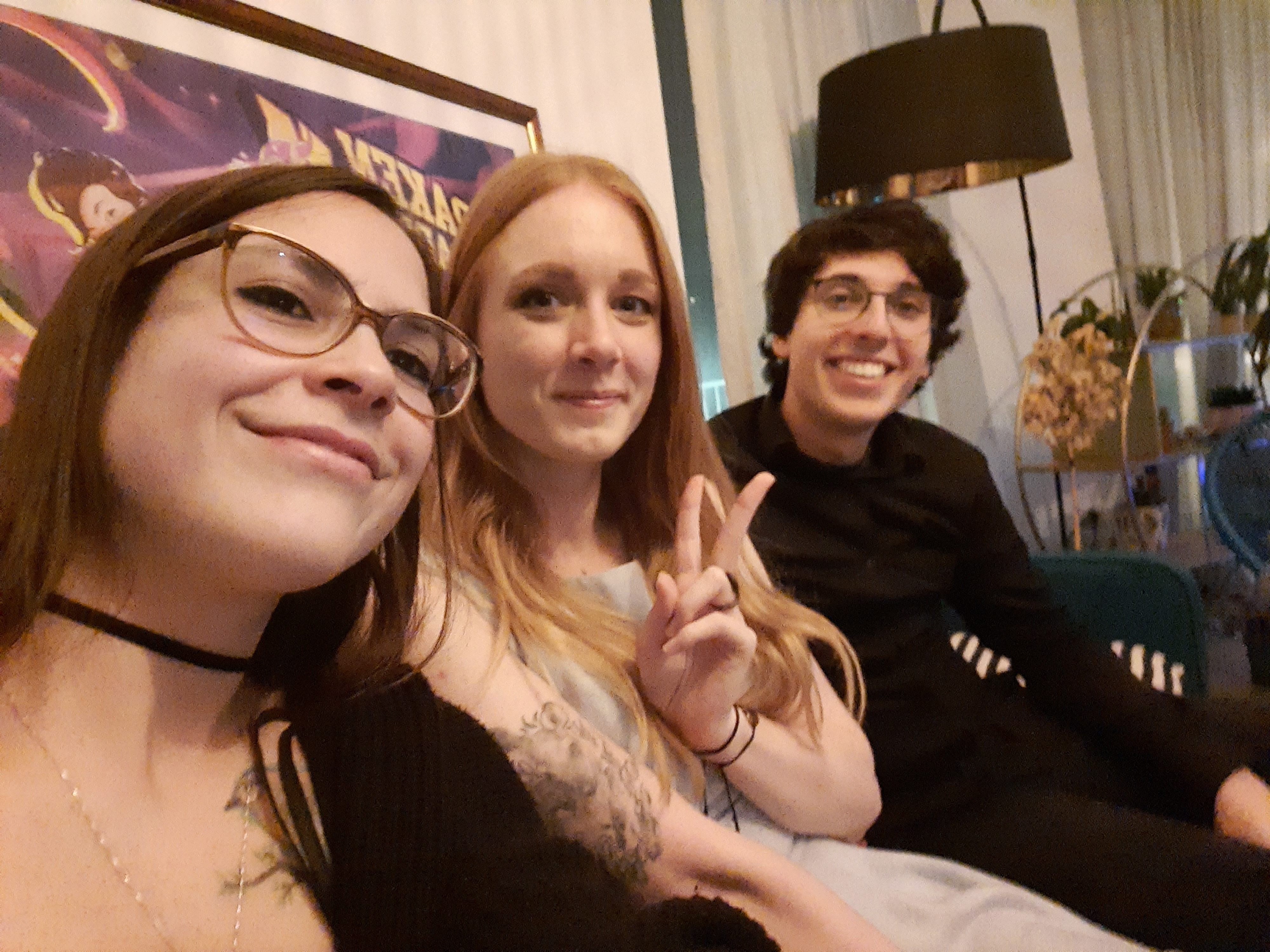
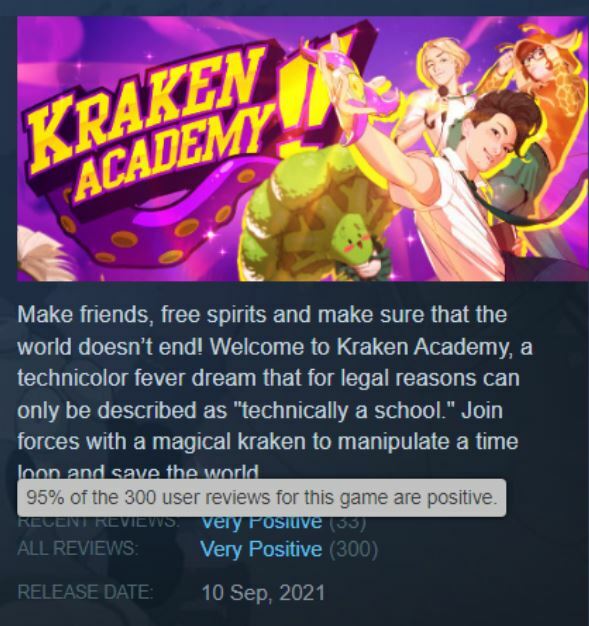
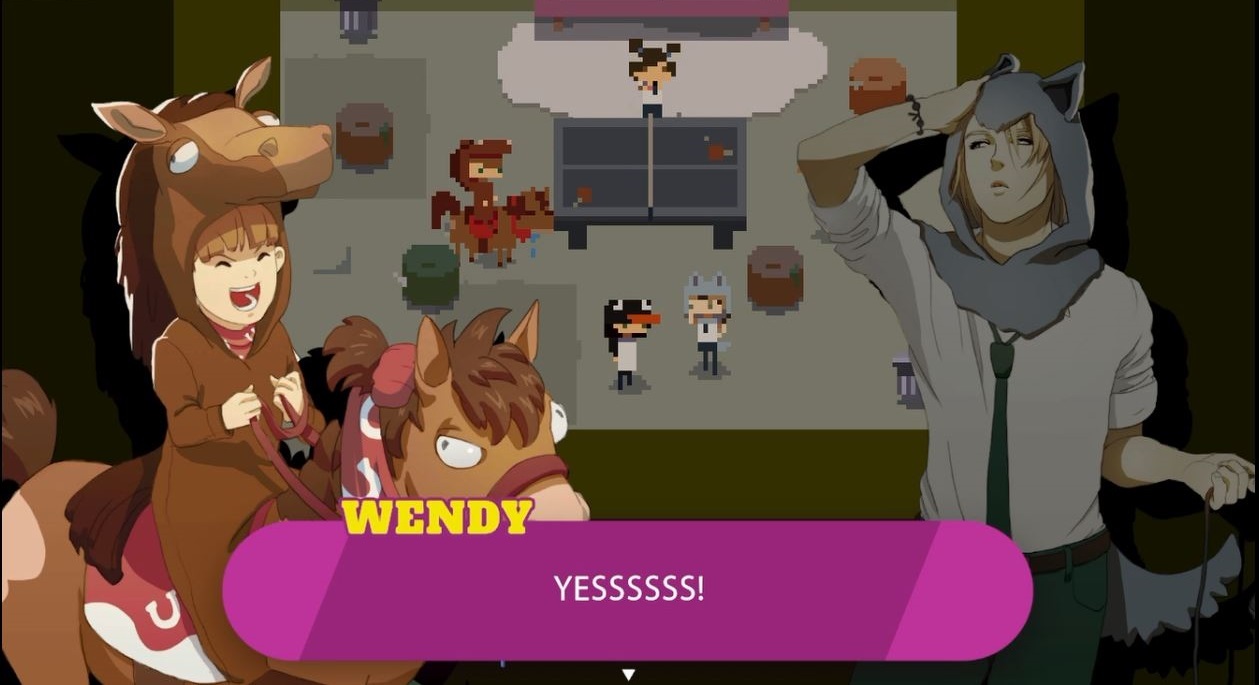
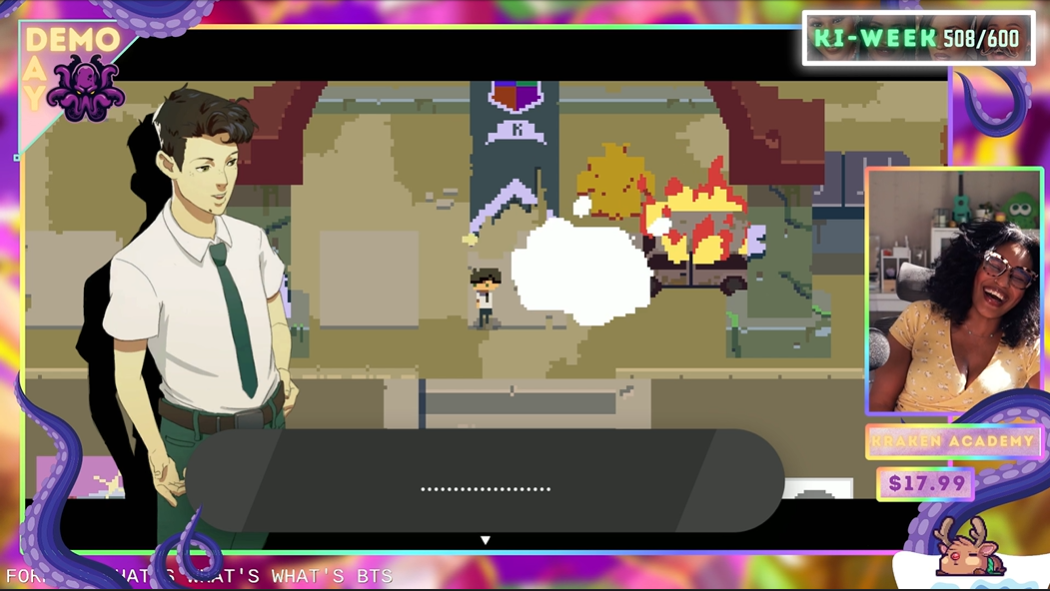
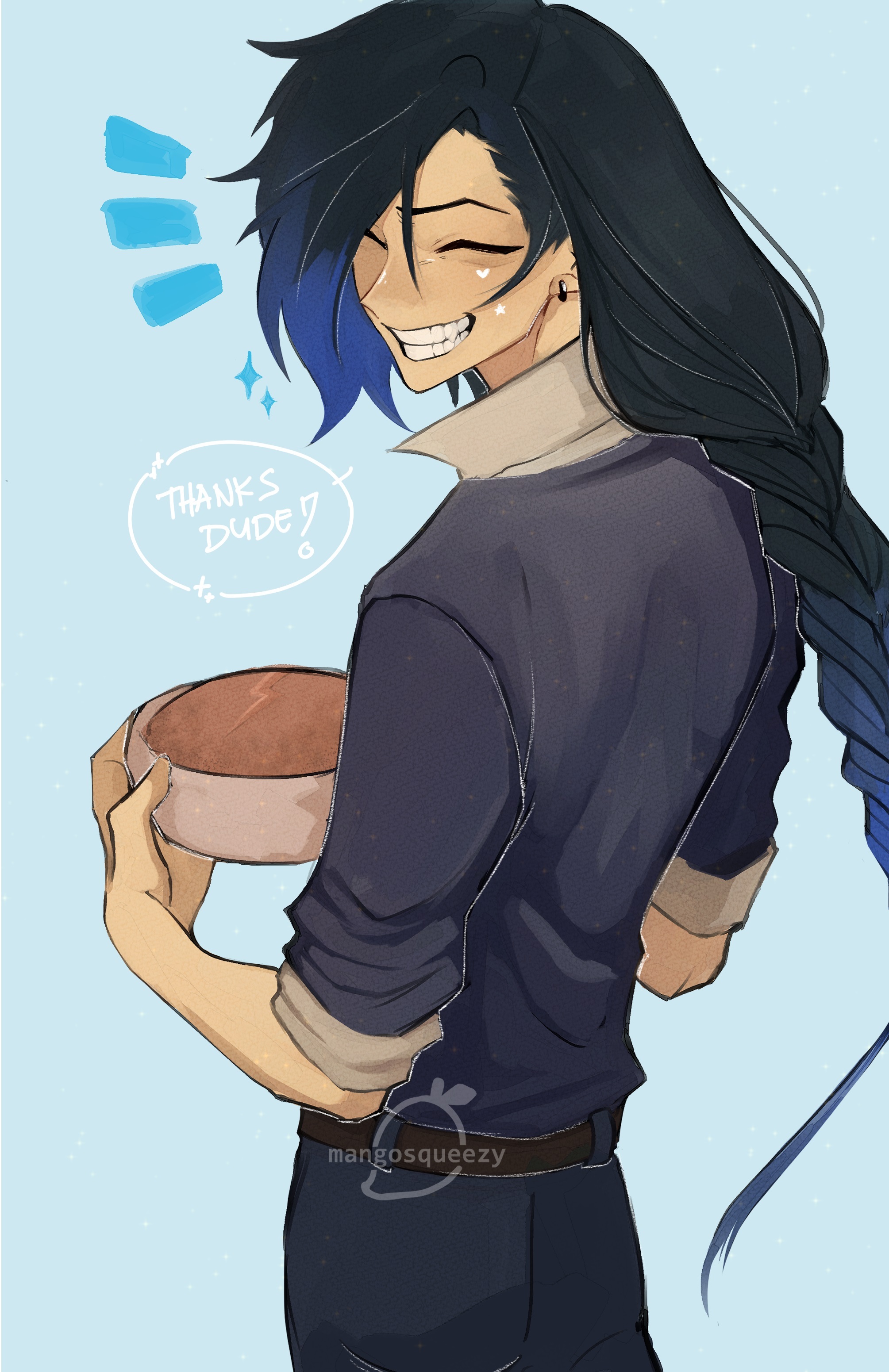


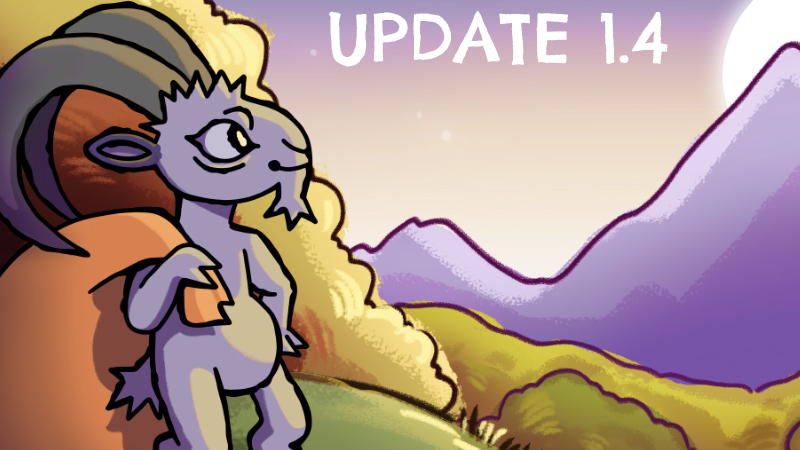
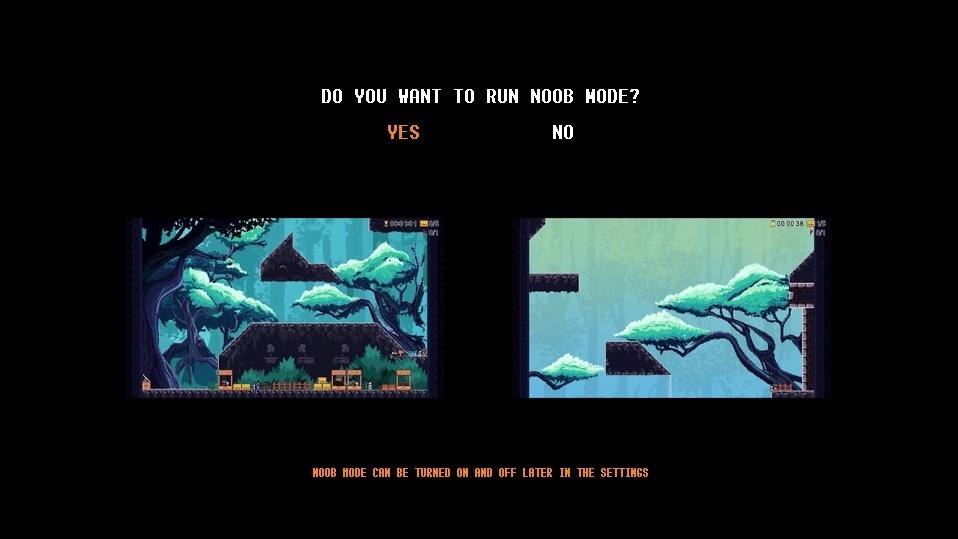

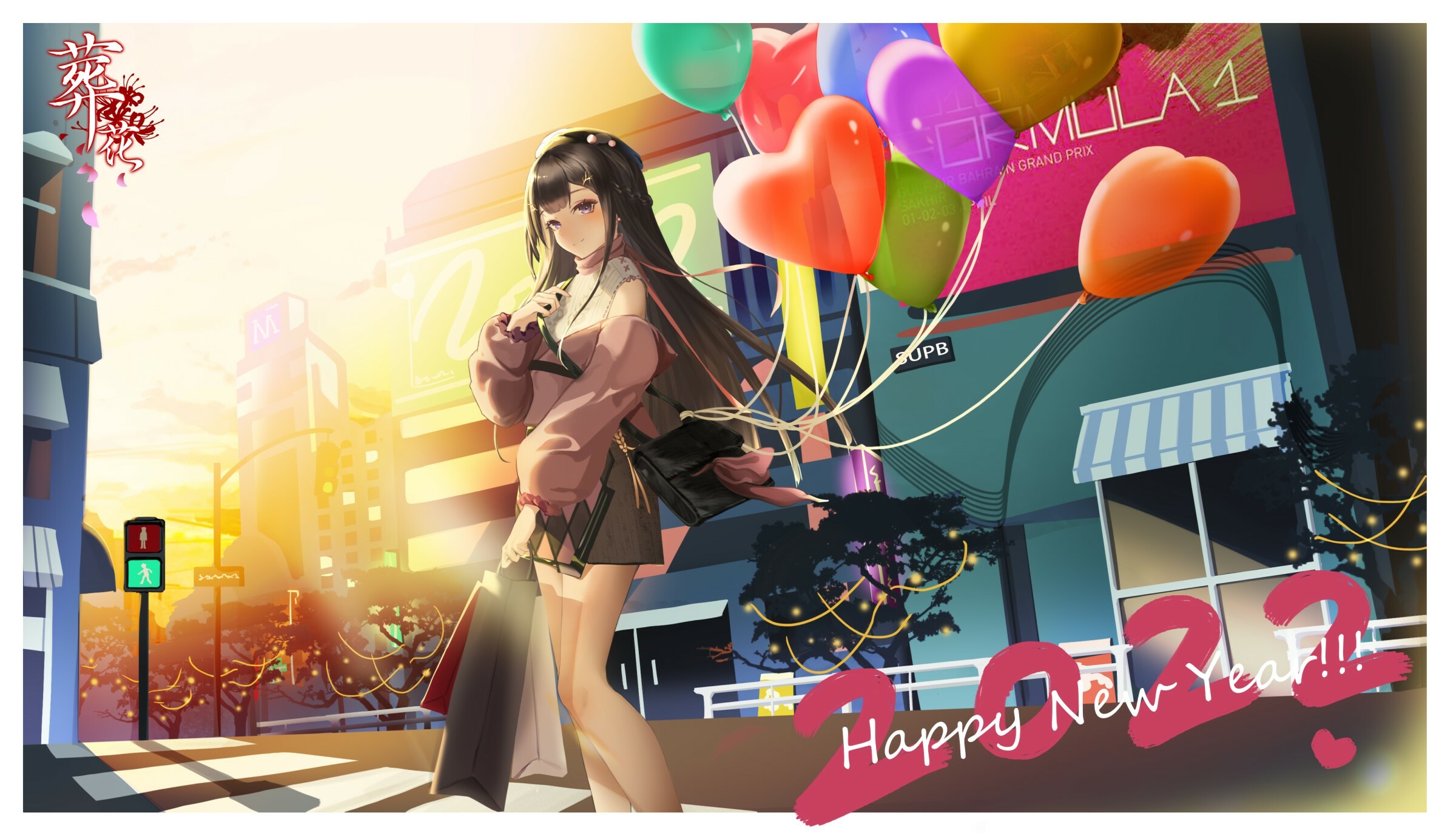


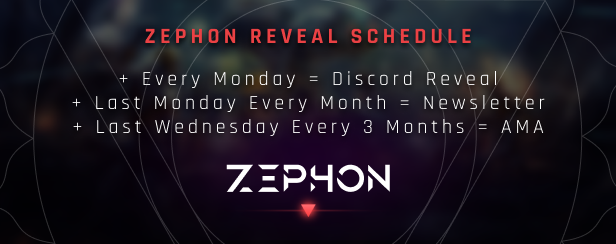 Join our Discord to follow each segment of a reveal as it happens every Monday.
Join our Discord to follow each segment of a reveal as it happens every Monday.